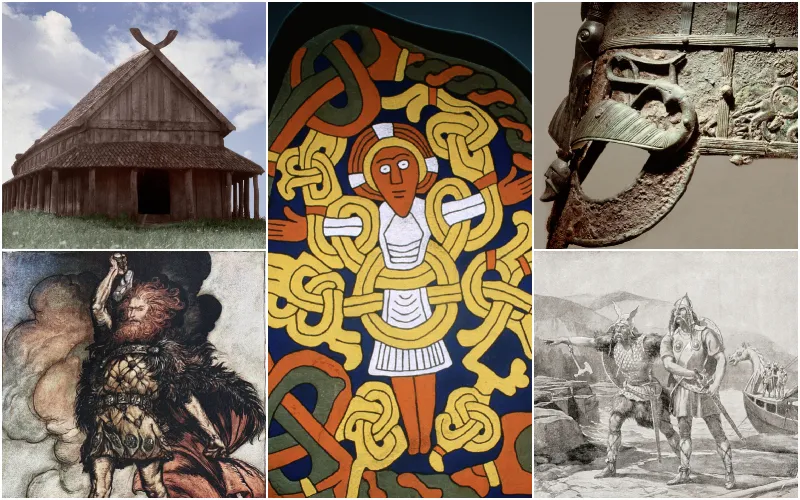
Most people would refer to Vikings as savages who were really only out there for women and treasures, but there was much more to them than that. Keep reading to discover myths and uncover the truth about who the Vikings really were.
Vikings Cared About Personal Hygiene
If someone asked you to picture a Viking, what would come to mind? Probably someone who doesn't... bathe regularly? Who always looked neglected and dirty? Vikings typically had longer hair and beards, but they were rather clean people who took measures to take care of their appearance. There was no personal hygiene neglect going on back then.
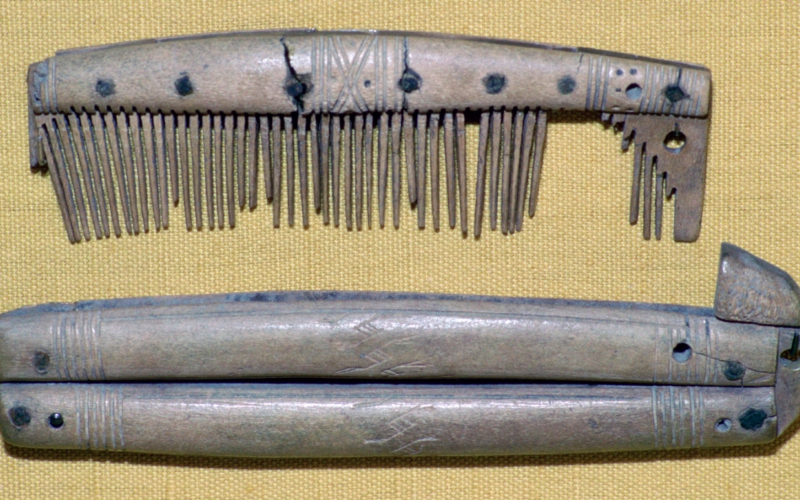
Grooming tools and equipment have been uncovered over the years to prove this. Combs, brushes, razors, and even ear swabs were discovered, and they were used by both men and women. Having poor personal hygiene is just one of many myths about Vikings.
They Never Wore Horned Helmets
There has never been any evidence discovered by archaeologists that would prove the Vikings wore horned helmets. This might have come to life through someone's wild imagination. An imagination that has constructed the Viking's appearance forever. Anyway, they did wear skullcaps, which were obviously intended to protect their skulls from any impact.
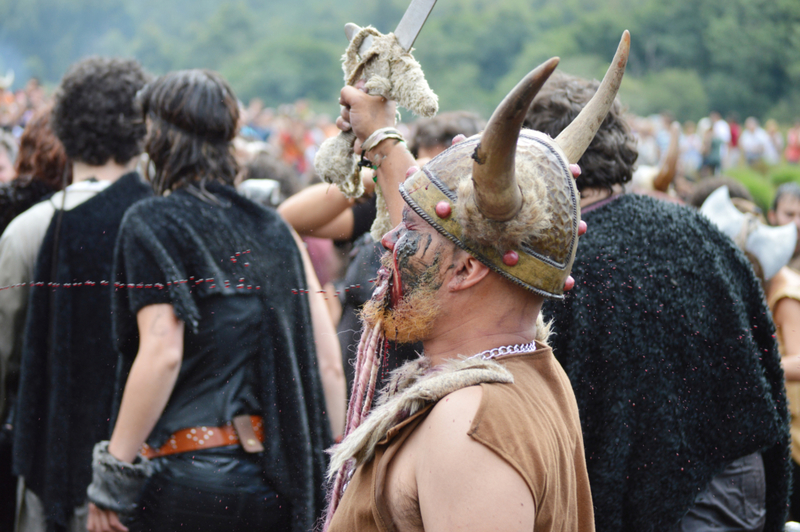
The idea of the horned helmet came about during the 19th century; however, it was Richard Wagner’s (yes, the German composer) cycle of four operas that implanted the horned helmet image into our imaginations. The Vikings will forever be related to these horns, something that might have never existed.
Weekdays Are Named After Viking Gods
With the exception of Sunday and Monday, the names for the days of the week came from the Norse gods. Tuesday comes from Tiu or Tiw, which is the Anglo-Saxon name for Tyr. Tyr, the god of war. He was one of the sons of Odin, or Woden. This is where Wednesday came from.
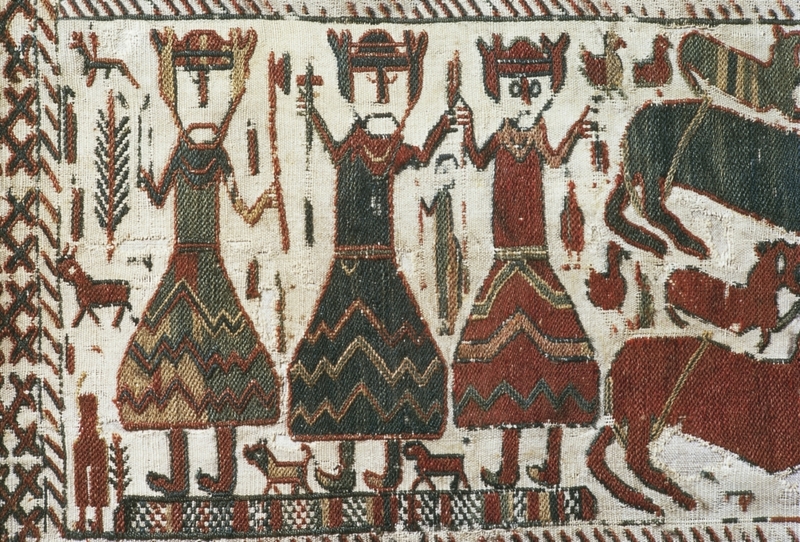
A name we are all probably most familiar with is Thor, the God of Thunder, which is how Thursday came to be. Friday derives from Frigga, Odin’s wife, which represents love and beauty. Saturday comes from Saturn, who was the ancient Roman god of fun and feasting.
Vikings Weren’t as Big as They are Portrayed
Most of us think that Vikings were all very large and tall. In images or TV shows, they always appear to be bigger, bulkier, or fatter than average. However, according to historical records, the average Viking man only stood at about 5’7. The Vikings bleached their hair with a special soap, seeing as this color seemed to be ideal within the Viking culture.
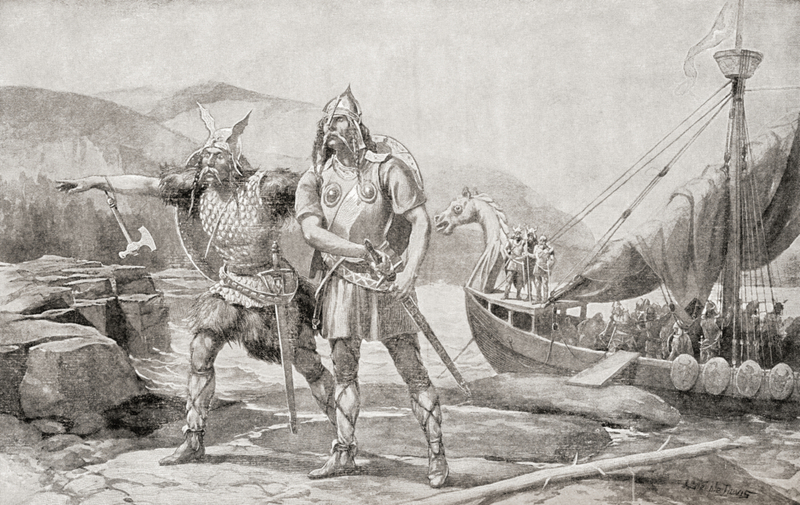
The short summers are to blame for their somewhat short stature. This is because, with shorter summers, they had fewer resources and not as much food. Many raids would follow so the Vikings could obtain more resources.
Death in Viking Culture
When the Vikings passed away, they believed they would go to Valhalla. Before Christianity came to be, Valhalla was considered to be the Vikings' eternal paradise. The belief was that there were warrior-women goddesses who would search battlefields after wars for fallen heroes. Warriors who were considered to have died bravely would be carried by these women to Valhalla.
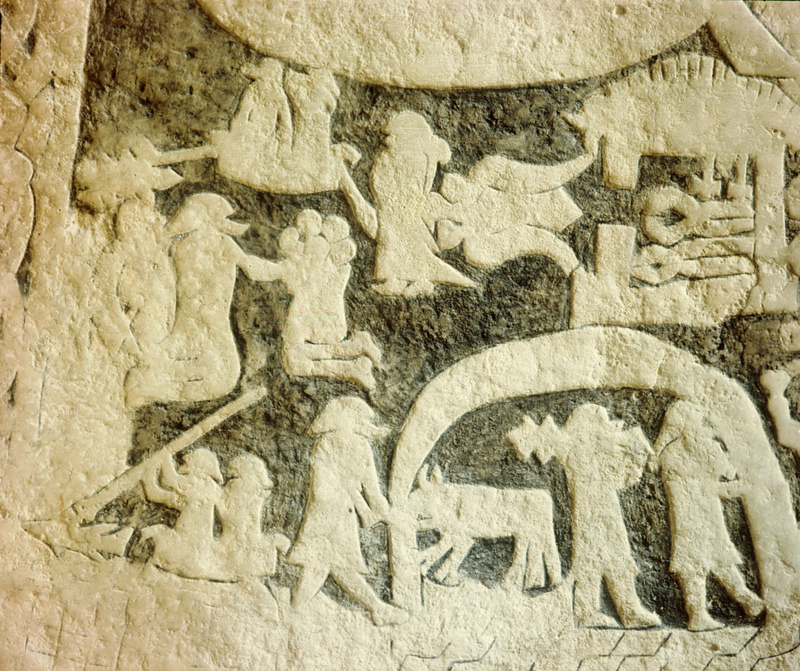
Another place they believe people would go to is Helgafjell. This is where people would go if they lived a very fulfilling life. Lastly, someone who died dishonorably or in an inappropriate way would go to a place called Helheim, similar to hell.
The Vikings Got to America Before Columbus
It has been said that the Vikings were the ones to discover America roughly 500 years before Christopher Columbus did, but there's no conclusive evidence to prove it. The first group of Europeans to step foot on North American soil was a group of Vikings who were led by Leif Eriksson. His father, Erik the Red, was a very famous traveler prior to his son’s birth.
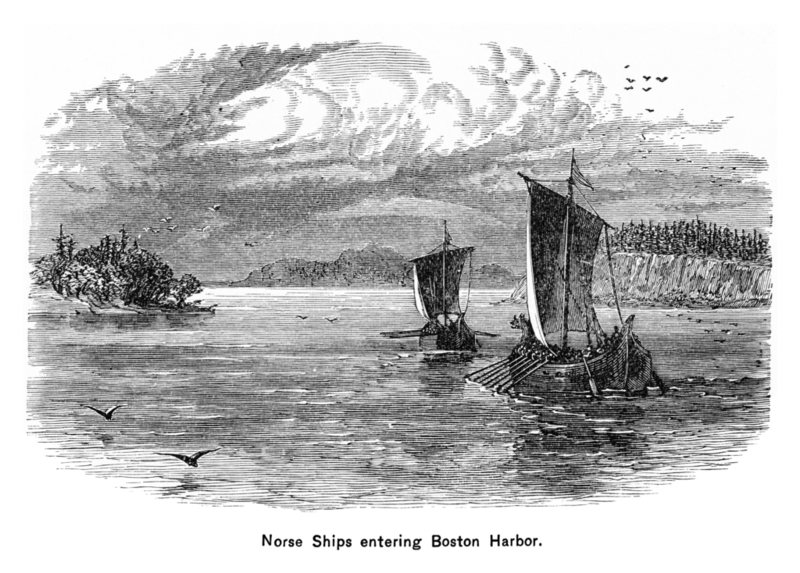
He actually established the first European settlement of Greenland. It has also been said that Erik the Red sailed from Iceland to Canada and encouraged his son to explore new lands, just like he did.
Vikings Preferred Blond Hair
For whatever reason and relying on whatever myth or fable, the Vikings had a fascination with blonde hair, and the same as in Western countries today; it was their ideal of beauty. It represented pureness and clarity, and people who were blond were considered of the upper class. Usually, men who had black hair would use a high-concentration soap to bleach their hair and make it bright.
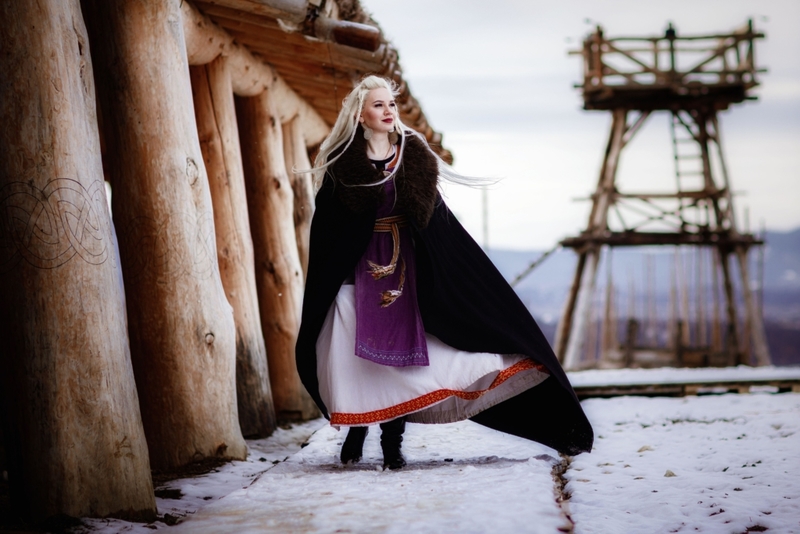
Some groups of Vikings would also bleach their beards, which sounds like a hassle. Another theory is that they first used this soap in order to get rid of lice, and the hair bleaching was just a byproduct.
Viking Women Had Basic Rights
Viking men and women weren’t necessarily treated as equals, but they definitely had more rights than other groups of women around the world. They had some rights and freedoms, such as the ability to inherit properties, file for divorce, and reclaim settlements if the marriage didn’t work out.
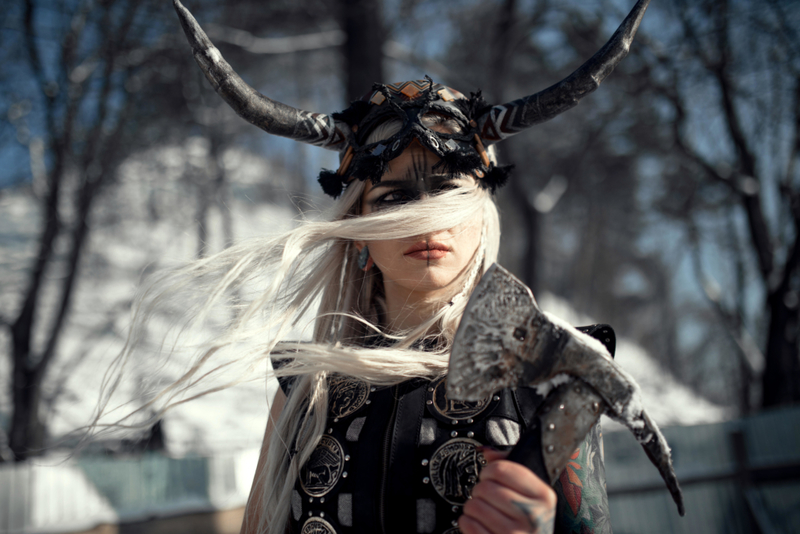
Viking men were considered to be the men of the house, but the women controlled all the domestics. If a woman was married and her husband died, she would then be responsible for all the duties her husband was once responsible for. Also, even though it was uncommon, there have been stories and legends of shieldmaidens who were female warriors who fought alongside the Viking men.
Tattoos Weren't That Common
Tattoos have been around long before the time of the Vikings. However, that doesn’t necessarily mean they had tattoos. Some people today show that they have Viking heritage in their blood by getting what they consider traditional Viking tattoos. However, we are still unsure if Vikings actually had these tattoos or if they were just ancient symbols.
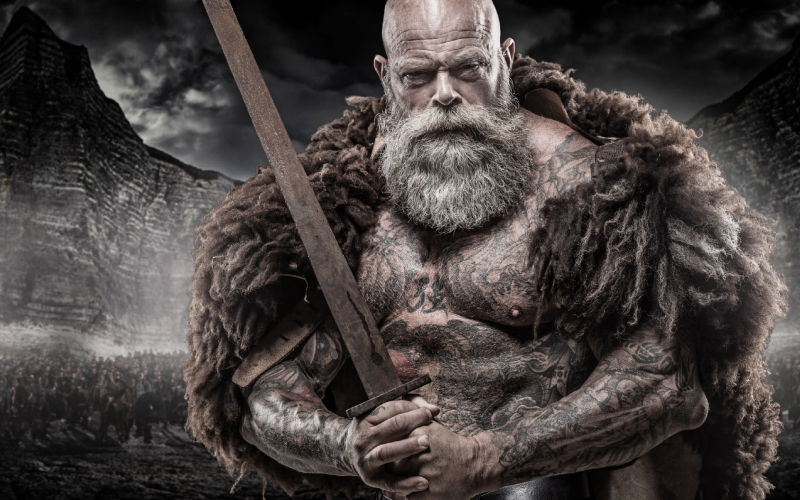
Television and movies depict Vikings falsely, usually having Vikings covered in tattoos all over their bodies, including their neck and face. The Vikings were very clean people; they may not have wanted to cover their bodies in something they could not wash off.
The Viking Justice System Was Very Particular
You may think that since it was such a long time ago, Vikings would settle things by fighting or general physical force, which was the acceptable courts and judging system. However, they had a justice system that was implemented when they needed to resolve disputes and crimes. This system was known to the Norse culture as “Althing,” which means “The Thing.”
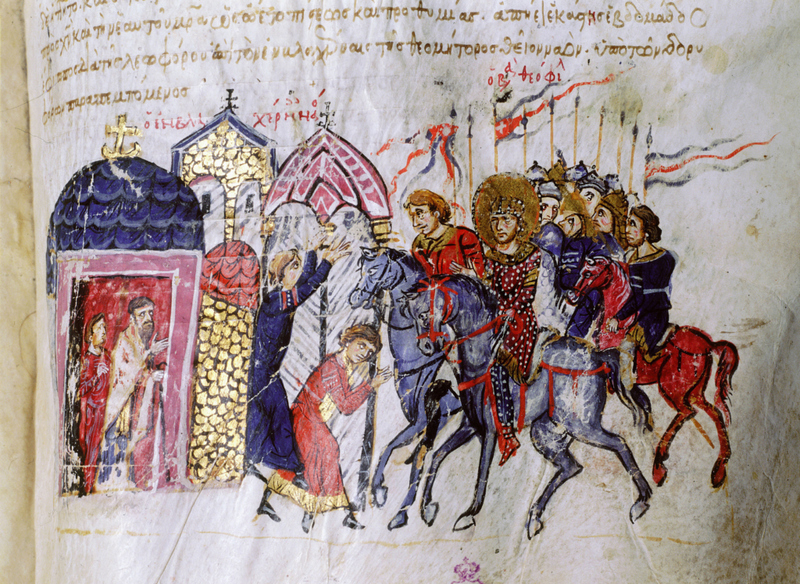
“The Thing” was held by a law speaker who was present to hear people’s arguments. Afterward, these disputes would be settled by a third party, similar to our court system today. So, as it turns out, not everything was so primitive in those days.
Vikings Had a Strange Way of Starting Fires
This is a bit strange, but they would start the process by collecting torchwood fungus from tree bark. They would then boil it for a few days in human urine. After that, they would pound the soaked bark into a felt-like substance so that it was durable and easy to transport.
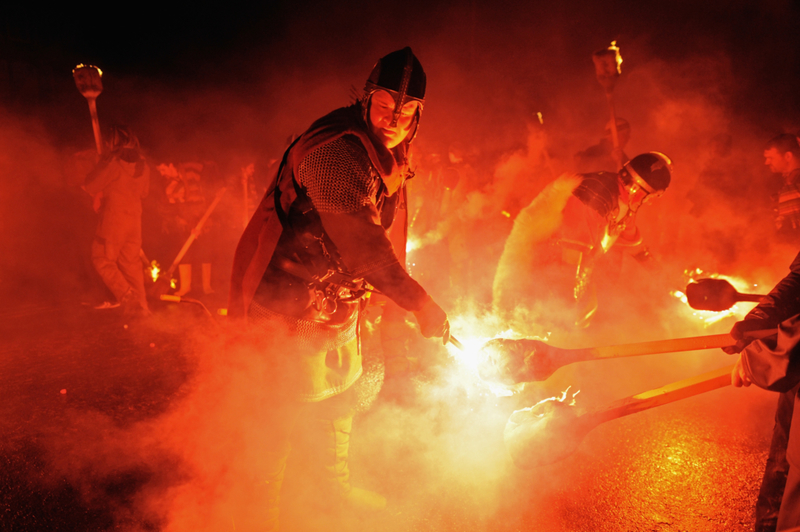
We aren’t sure how they did it, and we couldn't find enough sources to support this, but they had somehow figured out that the sodium nitrate found in urine would make the material smolder, not just burn. This would allow them to travel far distances and start new fires on the go.
Their Dead Were Buried in Boats
A big part of the Vikings' lives was spent in water. Whether they were seafaring, raiding, or fishing, they were limited when it came to burial options. They resorted to burying the dead on boats. Based on what Norse people believed, they thought great warriors would need some type of container to cross into the afterlife and continue living in Valhalla. That being said, well-respected Vikings and exceptional women had the honor of being buried in one of the traditional Viking ships.
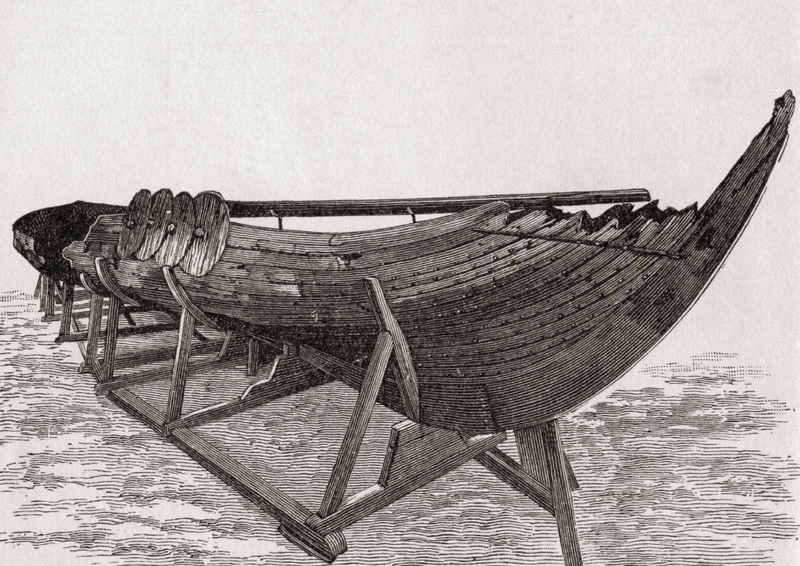
In addition to the bodies, people would fill the ships with weapons, food, treasures, and anything that they thought someone would need in the afterlife.
Vikings Spent Most of Their Time Farming
Vikings will always be remembered for being fierce, ruthless raiders, but they weren't always like this. They wouldn’t be able to establish the society they had if they'd spent all of their time sailing, looking for treasure, and fighting. Vikings actually spent the majority of their time farming and maintaining their settlements.
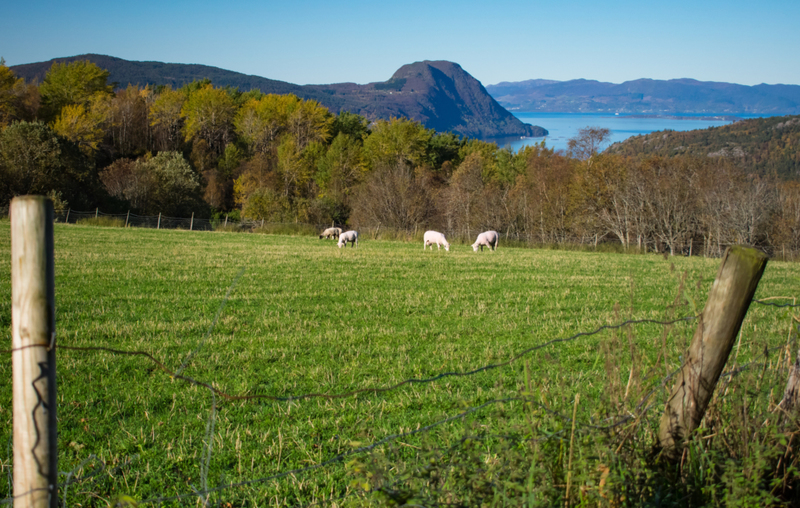
There was a famous Viking who went by the name of Ragnar Lothbrok, and he started out as a full-time farmer until he gained some power and became much more. This is how it started for most Vikings. If you were a farmer, you were very respected within the community.
Vikings Were Not So Unified as a Group
Did you know that most Vikings didn’t associate with one another? In fact, many of the people who lived in the area didn’t consider themselves to be Vikings at all. It was just a term that referred to all Scandinavians who took part in overseas expeditions, which is how they became grouped into one whole category in the first place.
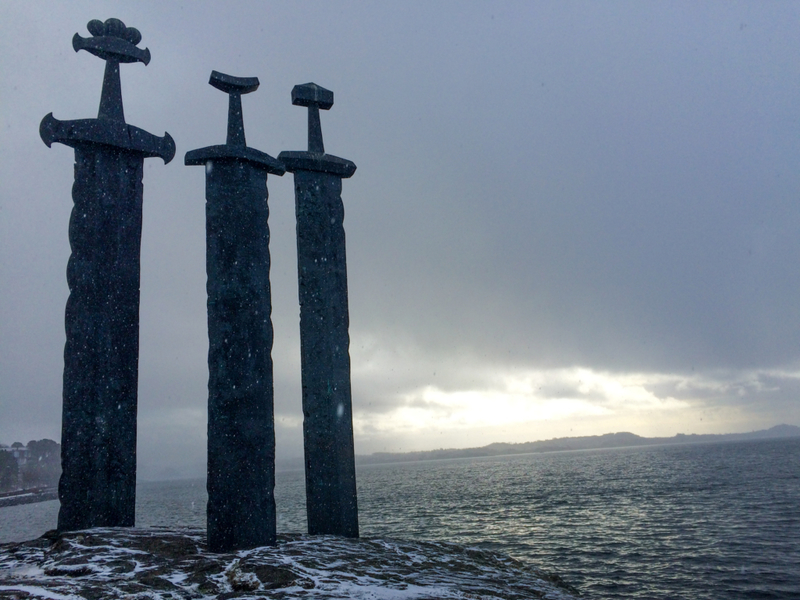
During the Viking Age, Norway, Sweden, and Denmark were all regarded as one land. We know that even these days, many see that part of the world as one unity; however, they are not. This area had a collection of tribes, and they would often be fighting one another when they weren’t exploring.
Vikings Were Professional Skiers
Skiing is a popular sport that many people participate in today. However, in the beginning, it was not intended to be a sport. The oldest skis that have been found date back to 6,300 BC. Skiing was used as a means of transportation and traveling. During the Viking age, most of the land was covered by ice and snow, which made traveling by skis ideal.
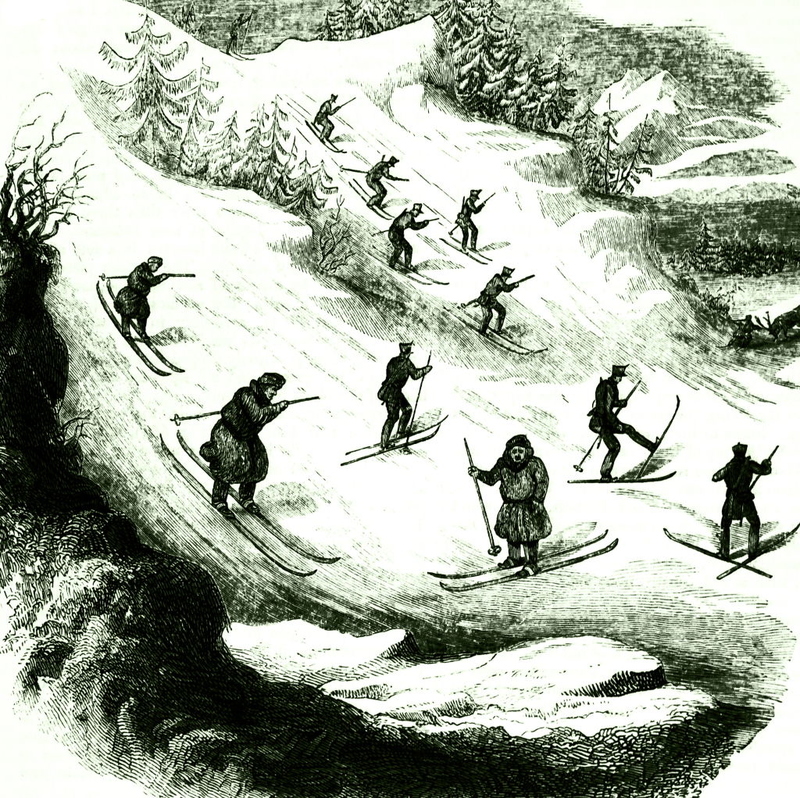
At a later time, it was discovered that the Vikings might have used skis for recreational purposes. There is a god for everything, including skiing, and his name is Ullr. There is an assumption that skiing was used during times of war to get through parts of the wilderness that wouldn't have been possible otherwise.
Onion Soup Was Used for Wounds
This is all a little strange, but get ready for it. When soldiers would come back from war wounded, they would eat a very potent onion soup that included other spices. After several minutes passed, some would say that they were able to smell their injuries. If they were able to smell the onions from the inside of the wound, it meant that it was a deep injury.

Remember, they didn't have advanced medicine like we do today. You have to admit this is a pretty cool trick. So, next time you have onion soup at home or when dining out, remember. There is more to it than keeping you warm on a cold winter's night.
The Vikings and Bluetooth
There was a man named Harald Bluetooth who was a legend. He was the Viking King of modern-day Denmark and Norway. During the time that he ruled, he was able to bring the surrounding Viking tribes together to create a place where they could all co-exist. Many years later, Jim Kardach, who is the founder of Bluetooth, named his invention after King Bluetooth.
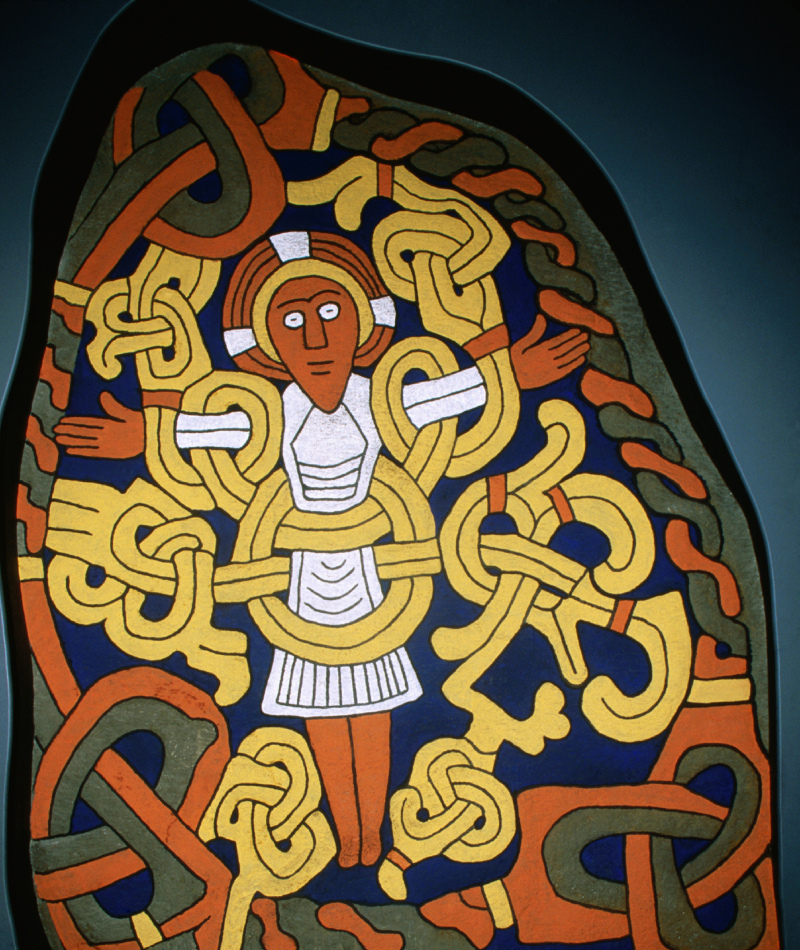
The symbol of Bluetooth is a combination of an H and a B for Harald Bluetooth. Who knew that an ancient king would have such an impact on modern-day society and that if it wasn't for the Vikings, we might not have been able to pair up devices?
The Lord of The Rings Trilogy Is Inspired by Viking Culture
The Viking mythology inspired the author J.R.R. Tolkien’s amazing fantasy trilogy, "The Lord of the Rings". Within Viking mythology, there’s something called Andvari’s Ring, which is a Norse Legend story that says if you wear the ring you become cursed. The legend took place in a universe named Midgard, which means Middle-Earth. Of course, Tolkien didn’t base his novels around the Norse legends entirely, but it’s very apparent that he was inspired by the Norsemen.
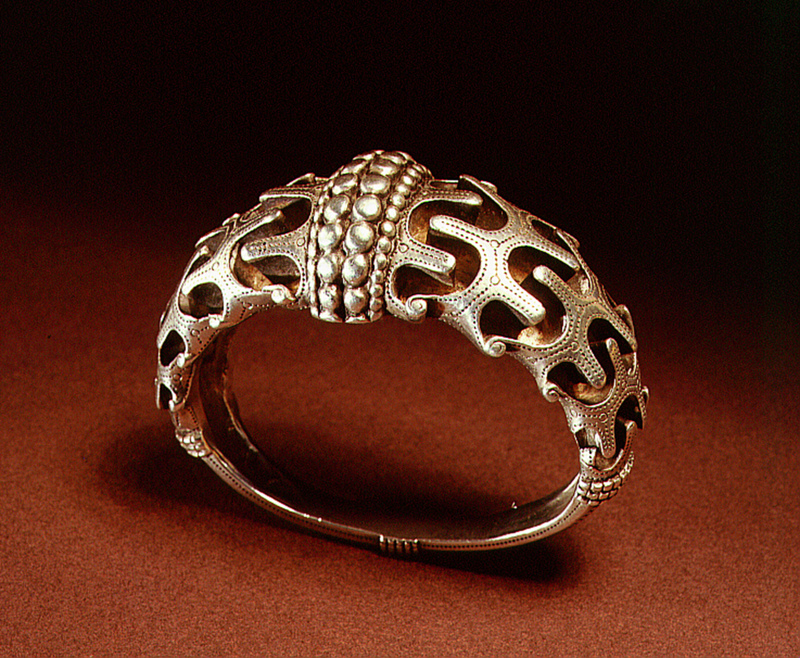
The Vikings and everything they bring along always fascinates with astonishing plots and remarkable settings. There is some magical mystery in their appearance and heritage, and we hope many more stories will be born out of their legendary.
Comic Books and Viking Culture
You may have already taken notice of this, but our modern-day comics have a lot to do with the Viking Culture. Not everything is about Superman, Batman, or any other hero all children dream of. The characters we are all familiar with, like Thor, Odin, Loki, and Freyja, are basically Viking gods that are put into modernized scenarios.
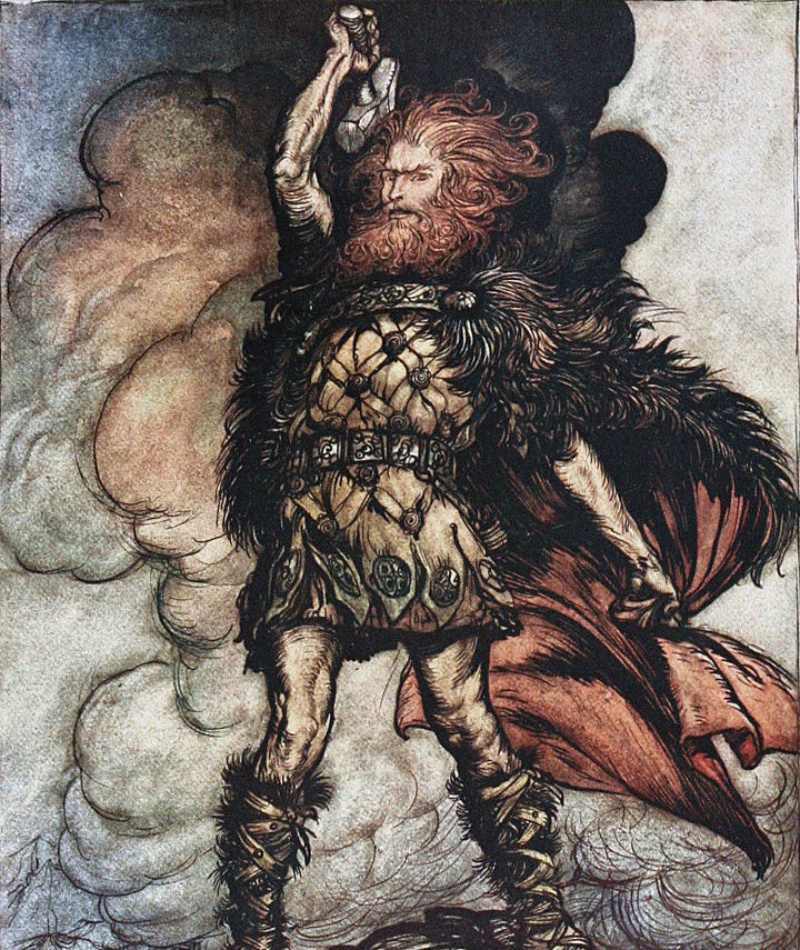
In the comics we read today, Thor makes efforts to save the Earth and the people living on it. In addition to the comics, there are plenty of video games that have taken the Viking culture storylines and brought them to life.
Vikings Had Their Teeth Done
Teeth medicine has been around longer than you think. No, they didn't have their teeth done the same way we do today with orthodontists and anesthetic, and they didn't do it for the same purpose we do today either. Back in 2009, archaeologists discovered Viking skulls with meticulous carvings filed into the teeth.
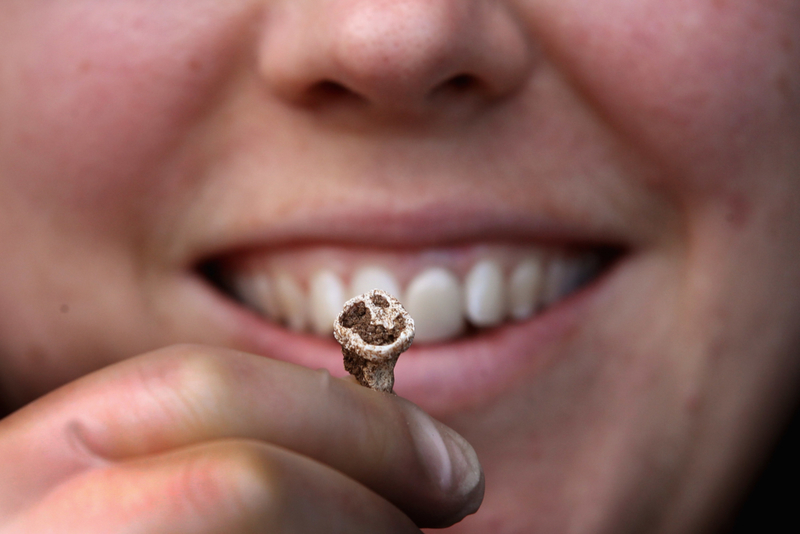
We are not sure how the filing was done back then, but there are a few theories. One says they were markings symbolizing a great warrior, and another says they were done to scare enemies. The procedure wasn't as simple and painless as it might have been today.
Vikings Adored Board Games
When the Vikings had free time from their work, they loved to play board games. Surprising, right? There was a popular board game called Hnefetafl, which is a game of pure strategy. There is a king and a small group of defenders that take up the center of the board. Then, a much larger force of attackers, twice the size of the defenders, occupies the positions around the edge of the board.
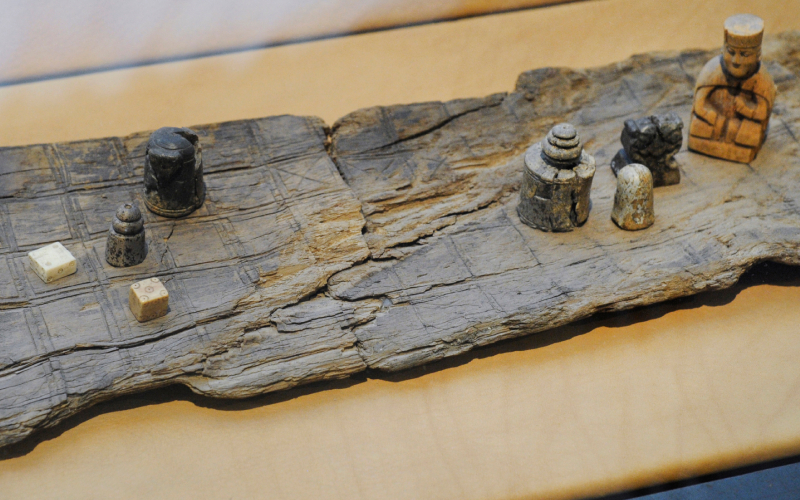
If you were the king, you would use your defender pieces to protect yourself, no matter what the cost. If you were an attacker, you wanted to overthrow the king by getting to the opposite corner of the board.
Vikings' Most Storied Execution Method
Out of all the Vikings' myths, the idea of the Viking’s “Blood Eagle” is one of the biggest legends of the Viking Culture. Apparently, the Vikings would break someone’s ribs, open up their back, and then throw salt inside their body. However, this was completely made up and never happened. Thankfully, it was not something that actually took place.
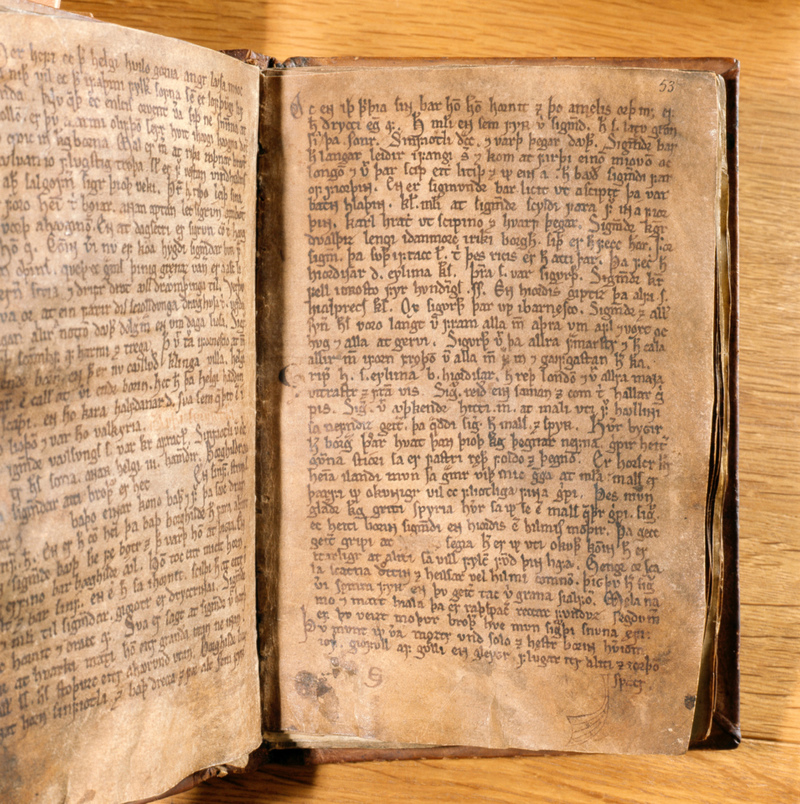
We are not sure where this myth came from, but the Vikings were not as brutal as people often make them out to be. The Norse culture came up with an execution idea, but it was only portrayed in their literature.
Vikings and Their Weapons
The Vikings loved their weapons so much that they would decorate them. They wouldn’t carve awful pictures of fighting; instead, they added some pizzaz. They loved using pictures of animals and would craft pictures of creatures such as snakes, horses, and wolves into their weapons. In addition to crafting, they also carved figures on the weapons.
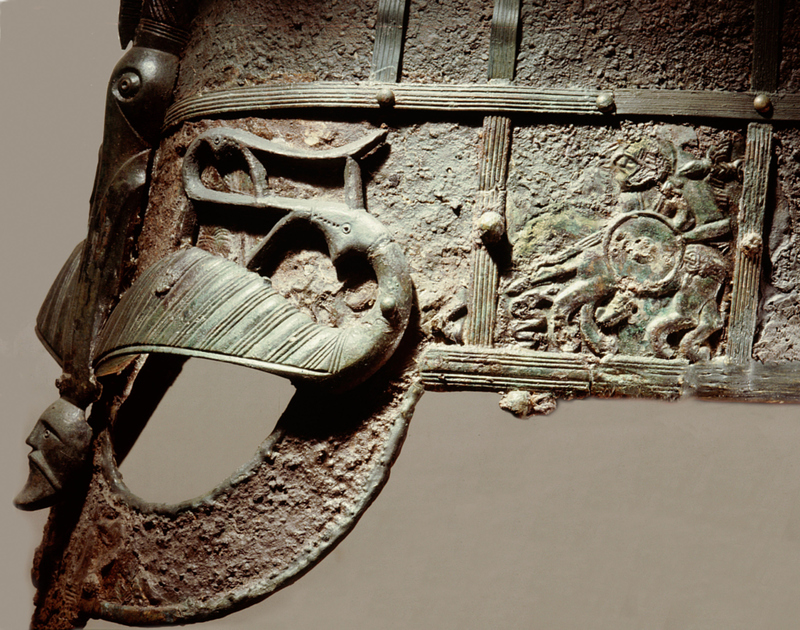
All of these added a personal flair to their swords. It's funny how we live our lives believing one thing ( Egypsons and their reliefs - wall art), and then all it takes is reading one paragraph to discover the Egypsons were not the only ones.
The Skulls Myth
Another weird myth about the Vikings is that they would drink from the skulls of their enemies. This has no basis and is believed not to be true. We’ve made it pretty clear that the Vikings were laid-back people. So, it would probably be a good idea to throw out any misconceptions you may have previously had.
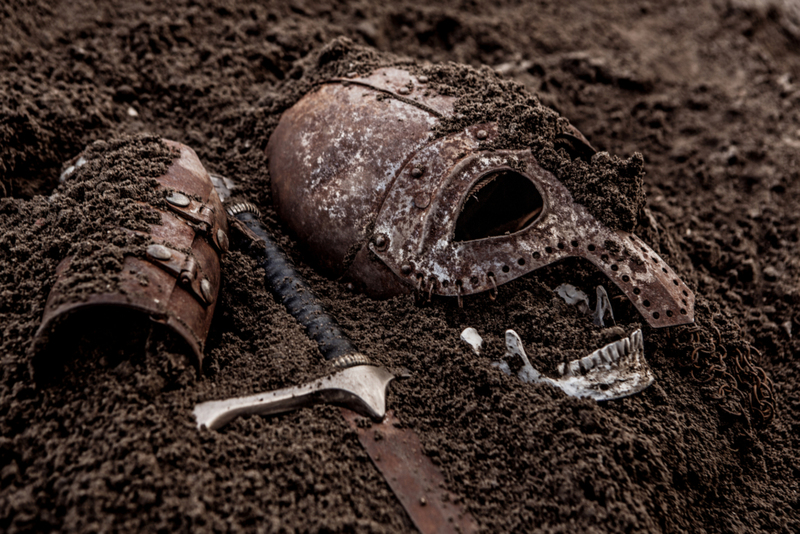
In reality, the Vikings drank out of glasses called horns (so the horns were cups and not part of their helmets). They got the name because they obviously looked like horns, and between you and us, we can name several things that look like horns. They decorated these horns with gold and other metals.
Viking Rap Battles
Vikings participated in something called flying, which is similar to what we now know as rap battles. They would use poetry as a way to throw insults at one another and say things they would never say in person. As we all know, when it comes to rap, there is no topic that is off-limits, and that was certainly the same for the Vikings.
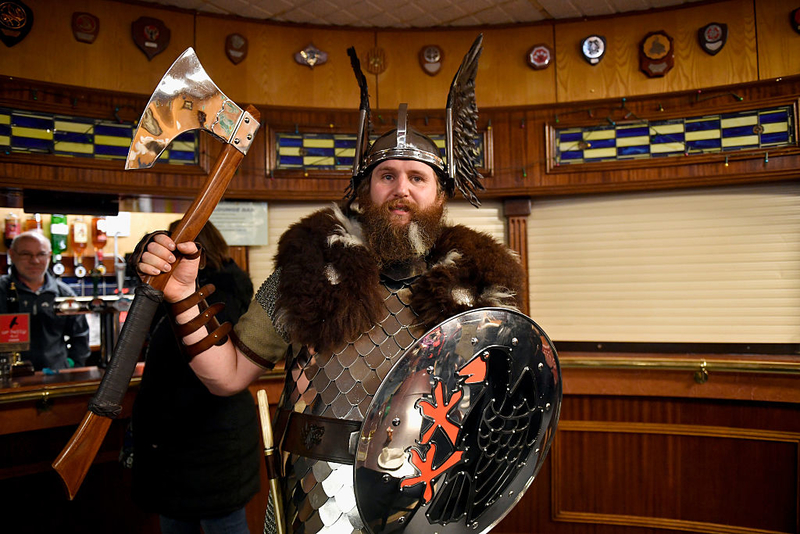
Flyting usually happens in dining halls, and the winner is the one who receives the biggest reaction from the people in the crowd. If you’ve ever seen the movie 8 Mile, it was something like that.
Fashion Wasn’t a Priority
It’s true; Vikings didn’t care much for fashion at all. It never mattered if the top they had on fit or if the pants they chose flattered them. If they were around today, you wouldn’t see them dressed in anything extravagant and they would stick to basics. The Vikings made all of their own clothing, and they were made for functionality and practicality.
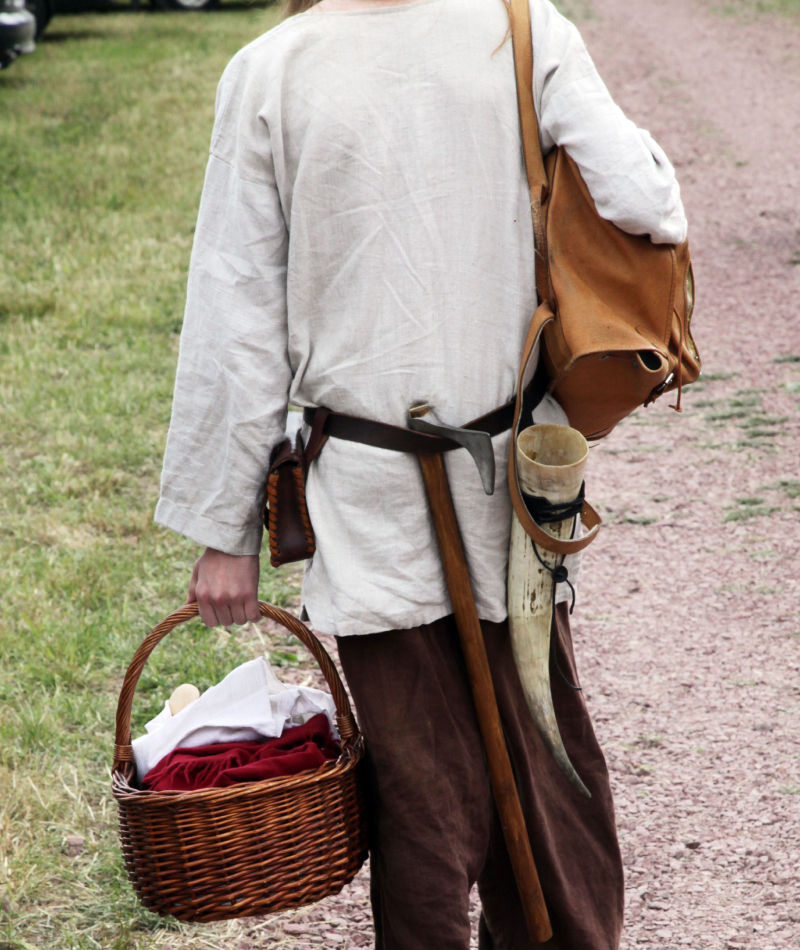
From a young age, they learned how to hem all their clothes, from lighter clothing for the warm weather to heavier items for the winter months. Clothes had a few purposes only. Keep them warm, cool them down, and cover up.
Weddings Lasted an Entire Week
Do you think the part you had in your college days was as wild as a party could get? Think again. You better believe that the Vikings knew how to throw a party. Viking weddings were most likely the most extravagant events held within their culture, and there were no limits to what a party could have.
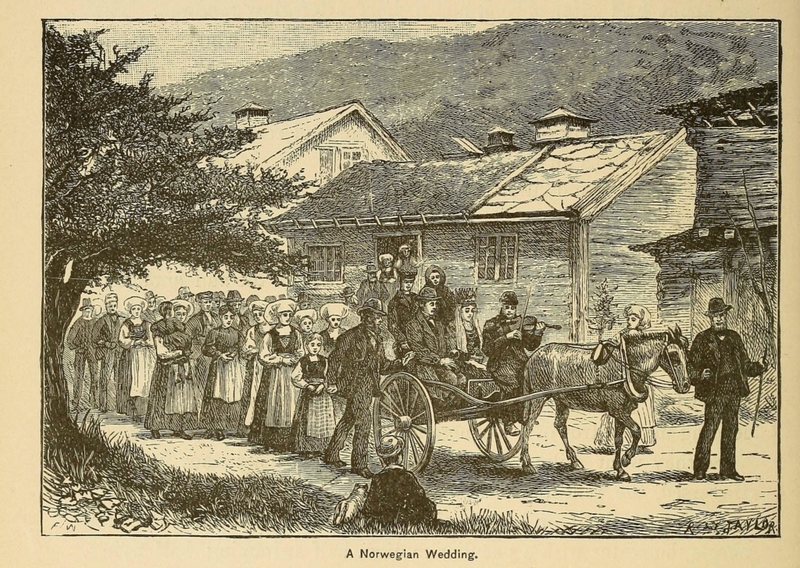
Couples need to be engaged for three years before tying the knot. It's a headache to plan a one-day wedding, so could you imagine having to plan for a wedding that would last for a week? It’s no secret that the Vikings knew how to party.
Strange Wedding Vows
Traditional wedding vows were not a thing in Viking culture. It was not for the rich or poor, it was not for sickness and health, and there was no mention of death to do us part. Both males and females followed a certain ritual. The bride had to swap a traditional hair accessory worn by maidens for a bridal crown. The maiden accessory was then stored away for the couple's future daughter.
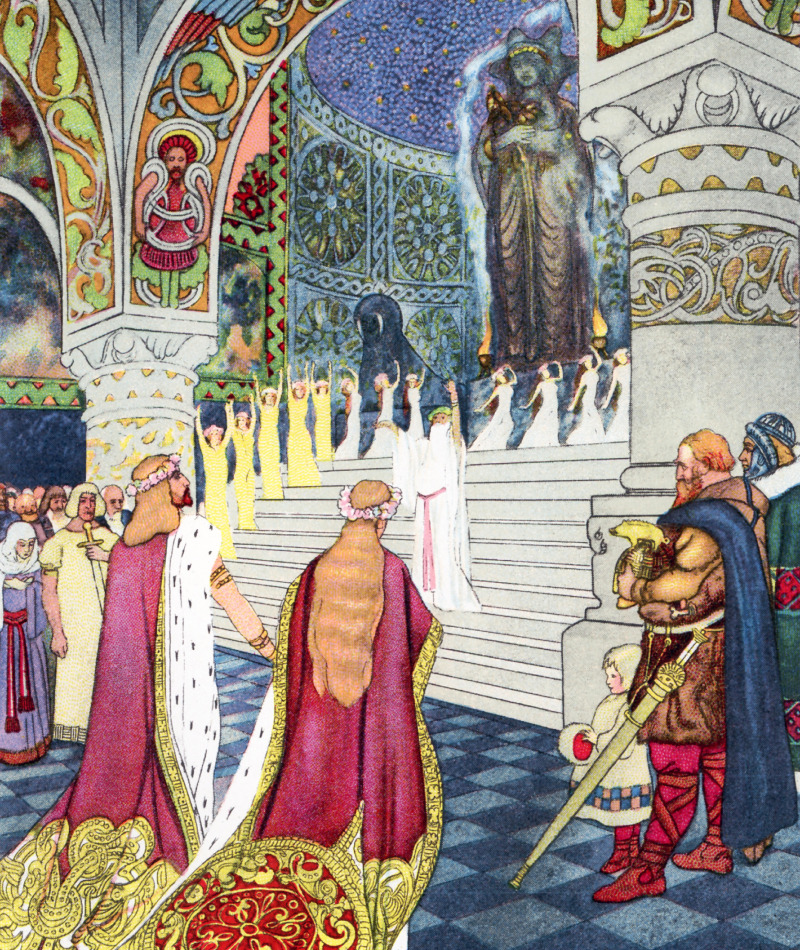
On the other hand, the groom would have the married men of his family hide a sword in one of his ancestors' graves and have him retrieve it in an effort to show that he had gone through death and experienced a rebirth.
They Were Excellent Sailors
There are nations that specialize in moving cars, and there are people who are experts in anything related to the air, but when it came to the Vikings, the waters were their comfort zone. The Vikings were such good sailors that there weren't waters they couldn’t travel through. The way they were able to make it to places on time was their ability to watch the sun.
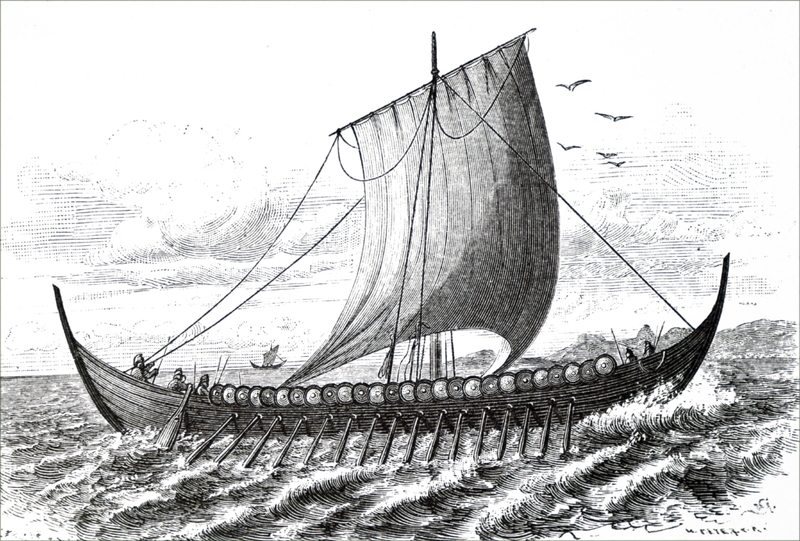
They used sunstones to find the sun to stay on the right path. Sunstones are now known as Icelandic spars, and they “react” when held up to the sun. This tactic is very useful, and it is called “Haidinger’s Brush.”
Magnetite
Everything the Vikings did was done in the sea, and even through harsh weather and bad sea conditions, they experienced their travels and left no room for mistakes. Vikings had a tactic they used to help them travel through the terrible fog. When they were trading with China, they received something called magnetite, which is a mineral used when making compasses.
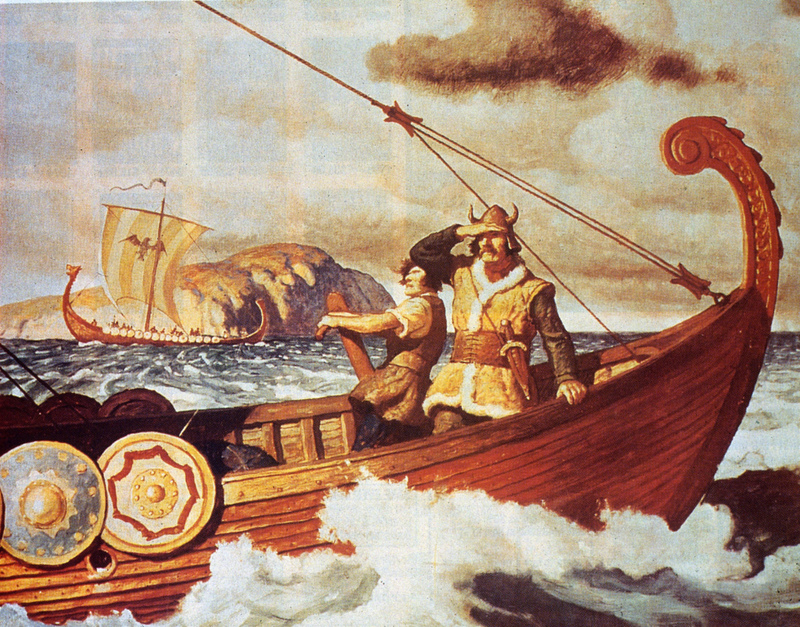
They were able to make their own compasses and travel through the fog without any issues. They really were able to come for whoever and travel to wherever, no matter what. Who knew China had such an important part in developing Viking culture?
Viking Homes Could Last Centuries
If you are a carpenter in the present day, there is a good possibility you may have been a Viking in a past life, and we are saying this not because of the horns. They were incredible seamstresses, in addition to amazing master builders, and were known for their astonishing contraction and engineering skills.
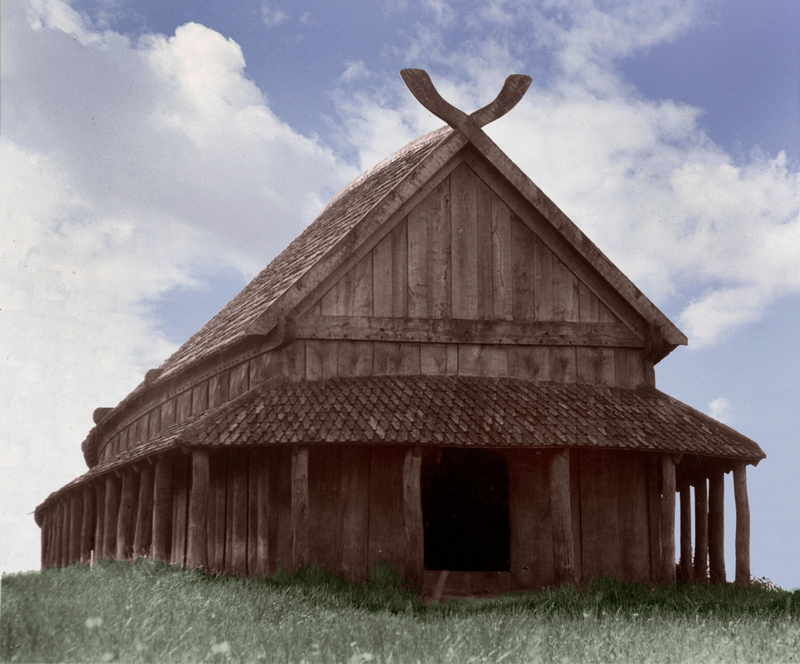
When Viking homes were built, they would intertwine sticks that were covered in mud and other materials to make them hold. Of course, based on what we just said, obviously, these homes were not even close to having a modern-day look. Also, they weren't exactly privacy-oriented.
Vikings' Verbal History
It’s unclear whether or not the Vikings were able to write, but the stories of their culture were mainly passed down verbally from one generation to the next. It’s because of this that so many things have been misconstrued about the Vikings over the years. Most of the information we do have on them has been written down by their enemies.
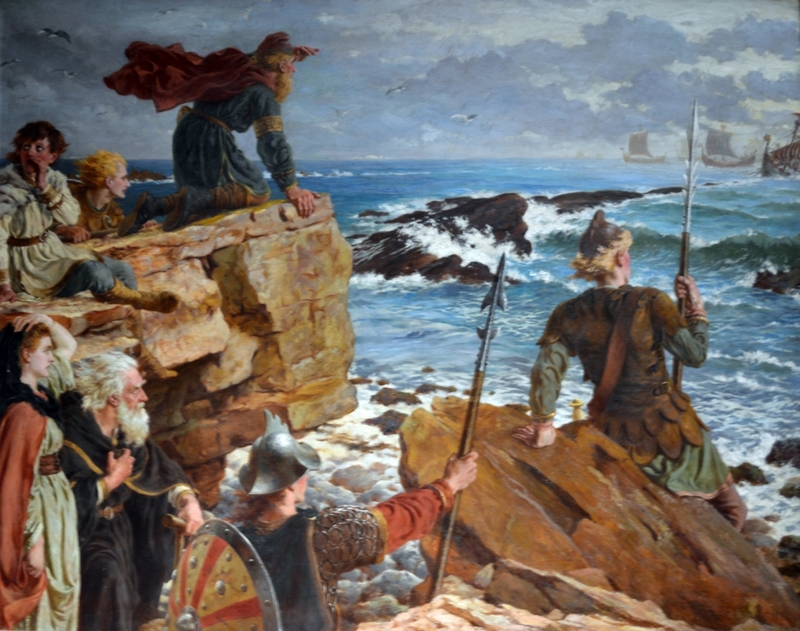
We were able to find out how they were during times of war, but we know close to nothing about how they were during times of peace. As seen on Netflix, most of the time, they were at war with at least a nation or two.
Not Only Carnivores
Vikings really loved their meat, but their diet didn’t consist of just that. There was more on their dinner table than just steaks, sausages, hamburgers, and ribs. You have to remember they were farmers, which means they had grains, fruits, nuts, and vegetables in their possession. They even had dairy products, which were not very common in those days.
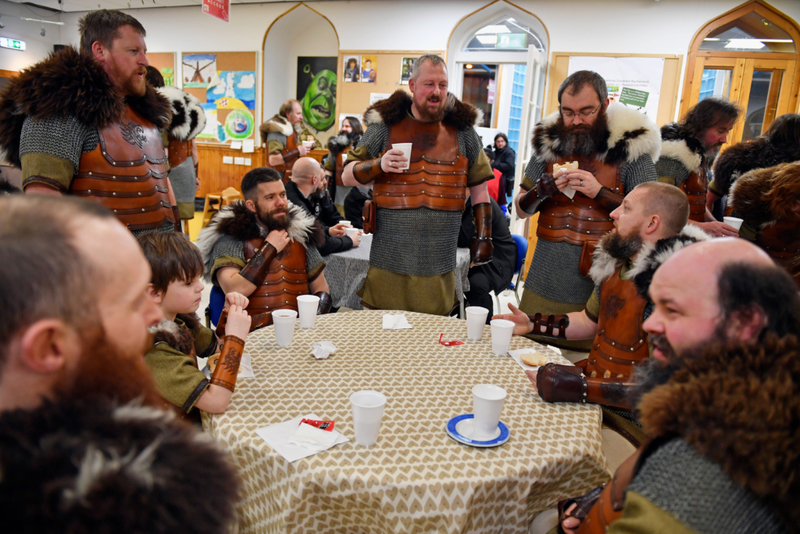
What this means is they probably had a well-balanced diet. In addition to their crops, they had animals, such as cows, which could provide milk. Is it possible these guys ate better than how most of us eat today? We wouldn't be surprised if yes.
Viking "Power Couples"
When we think of power couples, we often think of very successful celebrities, like Beyoncé and Jay-Z, for example, or Hollywood's mega stars Ben Affleck and Jennifer Lopez. Back in the time of the Vikings, high-status couples were considered to be “power couples.” A power couple was discovered in a Viking tomb in 2012 located in Hårup, Denmark. A pair of keys were found on the woman, which means she was a noble.
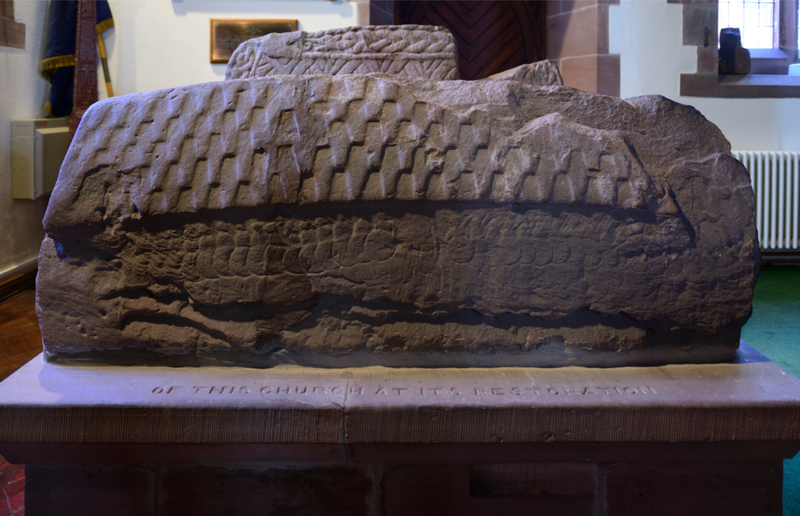
On the man, they found the deadliest ax the Vikings ever made, which showed he had a high status within their society. Or that they had a very weird way of showing they were passionate about each other.
Vikings and Native Americans?
As we have already discussed, the Vikings did, in fact, reach America long before Christopher Columbus. However, after doing a DNA analysis of a particular Viking family that lived in Iceland, something amazing was uncovered. It just so happened that Native American DNA had been mixed with Scandinavian DNA.
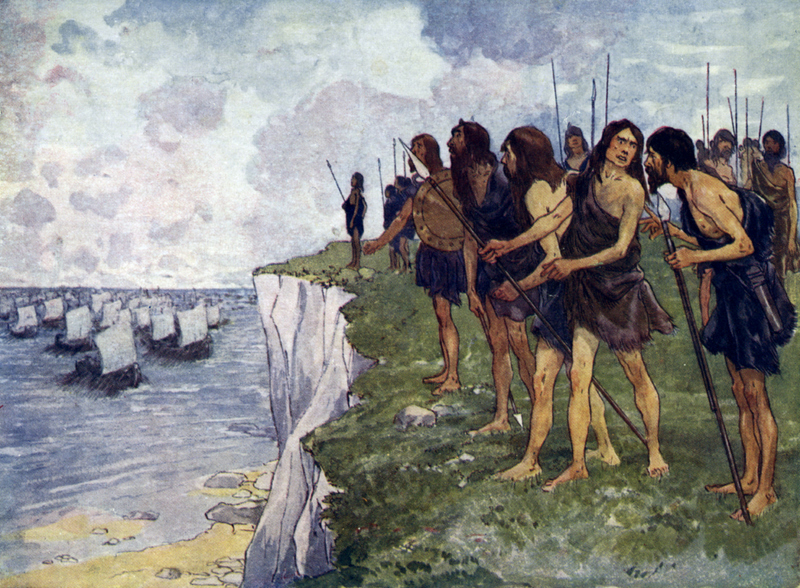
The DNA noted that it was well over three centuries old. Obviously, this meant that not everything stayed within the Viking culture. Others influenced them, and not only that, they had an impact on other cultures that followed. We also insisted that there was no such thing as a culture that another has influenced.
Vikings Used Enhancements Before Battles
Vikings would eat natural enhancements before going into a large battle, and it would make them go absolutely insane. They would hallucinate, and they believed that they were being possessed by some force that was out of this world. They also believed that they would obtain special powers that would help them during a long battle.
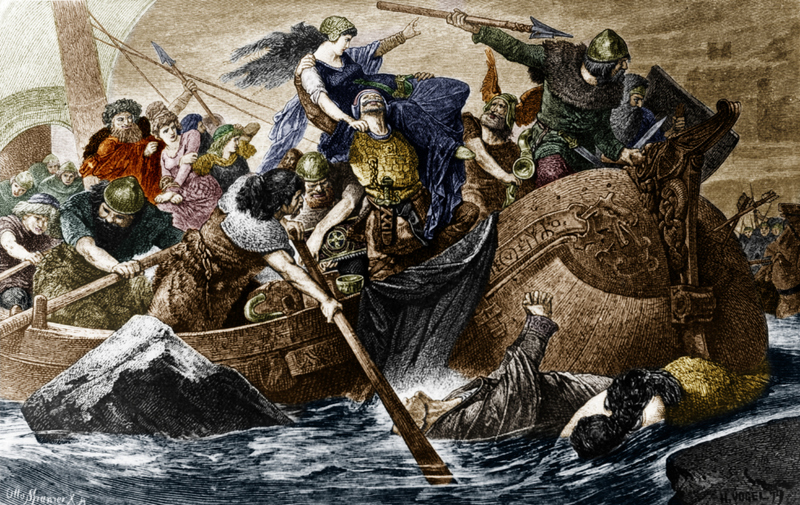
In reality, however, they were just getting high. Apparently, the Vikings loved the feeling of getting high. Some historians believe, as unfortunate as it may be, that many Vikings suffered from mental health issues due to the many battles that they were involved in.
Weak Children Were Abandoned
The Vikings were very similar to the Spartans of Greece in the sense that health and strength were two very necessary qualities in children. They knew that in order to be strong, one had to be healthy. It’s a shame, but if a child seemed weaker than the others, it was left behind. That's how things were.
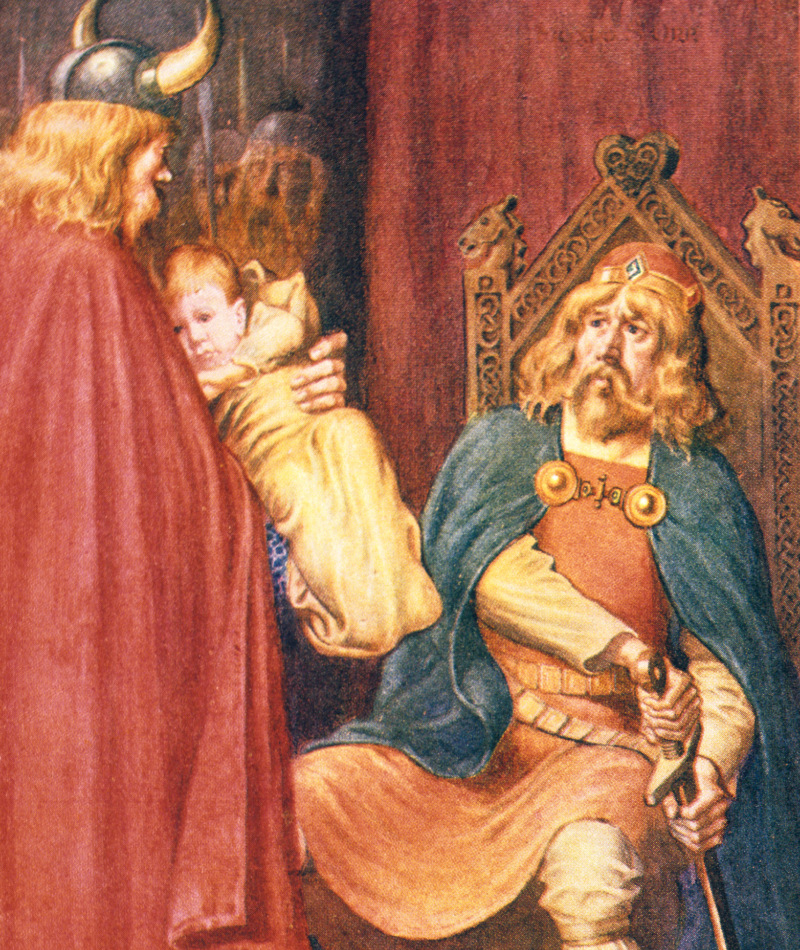
Their way of life was very different from ours, considering children were supposed to be able to work, learn to fight in battle, and contribute to society just like any other person would. Only about 80% of Viking children lived to the young age of five.
Viking Breakfast
If you were a Viking, you knew that breakfast was the most important and biggest meal of the day. There was no such thing as too much or too big of a breakfast. You had to make sure you had every bit of energy to get through the tough day that lay ahead. The children ate porridge, and the adults would eat big portions of leftover stew, fruit, and bread.

Usually, dessert follows dinner, but the Vikings had dessert with their breakfast. Their desserts included ale, buttermilk bread, and dried fruit with honey. We imagine all of this tasted absolutely delicious!
The Name
It’s true that most Vikings were Scandinavian, but Vikings were not a defined nationality. Rather it referred to a class of people. Contemporary linguists aren’t exactly sure what “Viking” means, but it’s believed that the Old Norse term “Vikingr” typically meant “pirate raid”. Many people living in Scandinavia during this time may not have been “Vikings.”
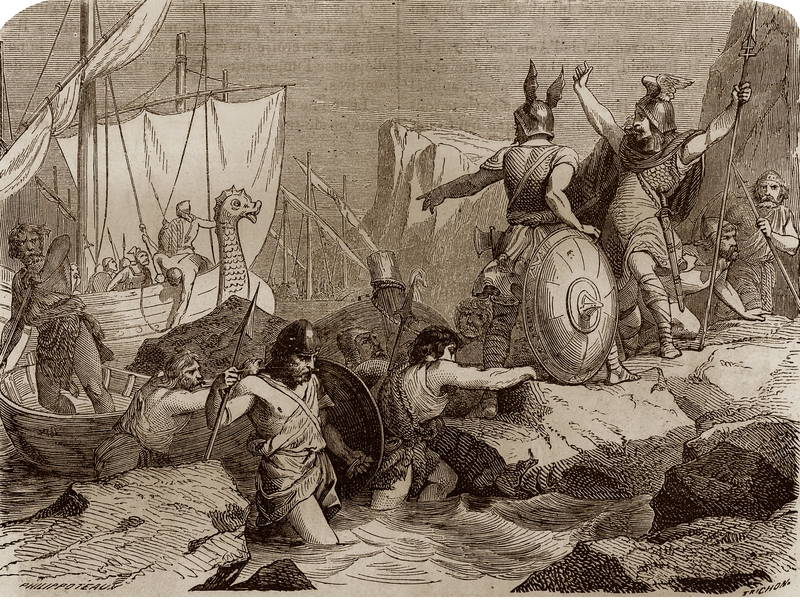
However, some left Northern Europe to conduct raids and pillage England, Scotland, Ireland, and northern France. During the Middle Ages, it was after this group of raiders and pirates that the term “Viking” became associated with. Interestingly, the term “Vikingr” may have been used in Old Norse, suggesting that the Scandinavians themselves had called these sea-faring raiders “Vikings” to distinguish themselves from them.
Dublin
Though Dublin may be the financial center of Ireland, few people know that the Vikings settled the Irish capital. Historians still aren’t sure why the Vikings originally left Scandinavia, but in roughly 795, the Vikings arrived in their longboats in Dublin. They spent the next 60 years establishing a settlement in the city.
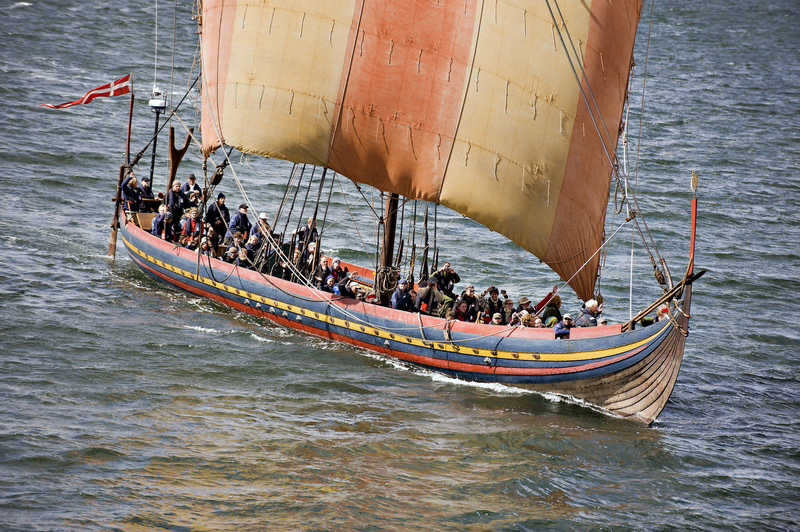
From Dublin, over the next centuries, their reach only grew. Dublin may be crucial to Ireland in the modern age, but it was equally important to the Vikings during the Viking age. The settlement helped the Vikings to expand their trade with the rest of Europe. Of course, as the Vikings were raiders, they also used the Irish settlement as a base from which to conduct raids into England, Scotland, and France.
The Largest Cemetery Outside Scandinavia
When we think of Vikings, we generally think of blond-haired Scandinavians. We don’t generally think of Ireland. However, for those of you who love your history, you probably associate Vikings with Ireland, as this country became a major Viking settlement. Outside of Scandinavia, Ireland is the country with the largest Viking graveyard.
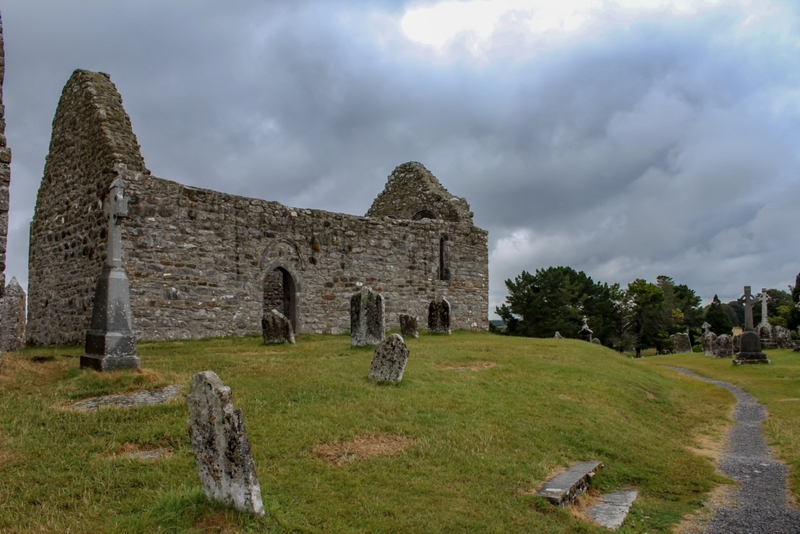
From 1962 to 1981, excavations were carried out in Ireland, and archaeologists have unearthed 50 Viking burial sites at Kilmainham and Islandbridge. Excavators found not only the graveyards but also weapons and treasures which the Vikings were buried with. If you’re looking for somewhere spooky, Kilmainham is your best bet, as it has the most Viking burial sites outside of Scandinavia.
Social Status
Viking society was divided into three classes: Jarls, Bondi, and Thralls. The Jarls were the nobility who owned land. Bondi were free men. Generally, they were tenant farmers paying landowners rent. But they could also buy land and pass it down. Finally, the last class was Thralls, which were slaves. Thralls belonged to someone else and had no rights at all.
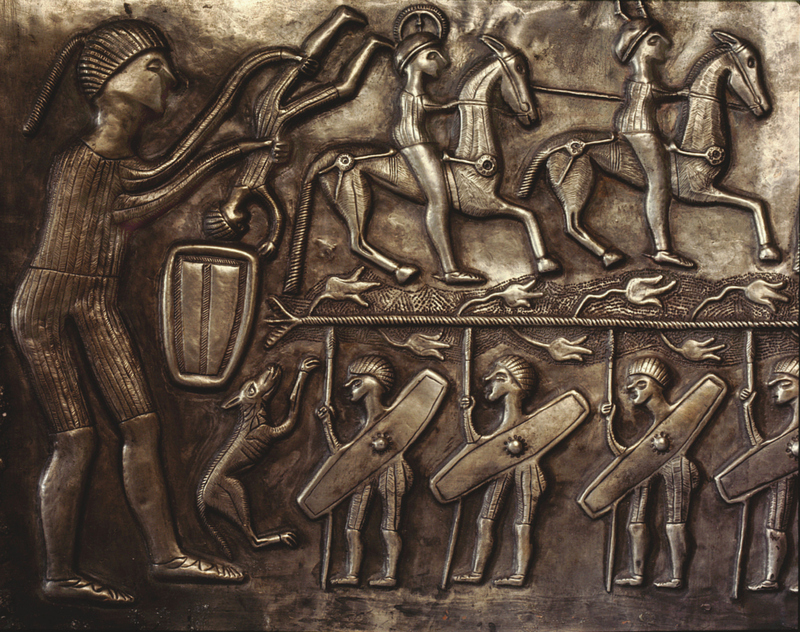
Interestingly, Viking society offered some social mobility, meaning that if someone worked hard, they could get ahead. Only they did it Viking style. If you were a particularly successful warrior and with many victories under your belt, you could work your way up in society.
Viking Sports
In Viking society, sports were super important, too. From a young age, Vikings trained for and took part in sporting competitions. Because this is Vikings that we’re talking about, the sports they liked best were combat training. The two main types of combat training they took a keen interest in were wrestling and sword fighting. UFC/MMA fans would be very happy to hear that even though Vikings were deft swordfighters, the No. 1 training sport was wrestling.
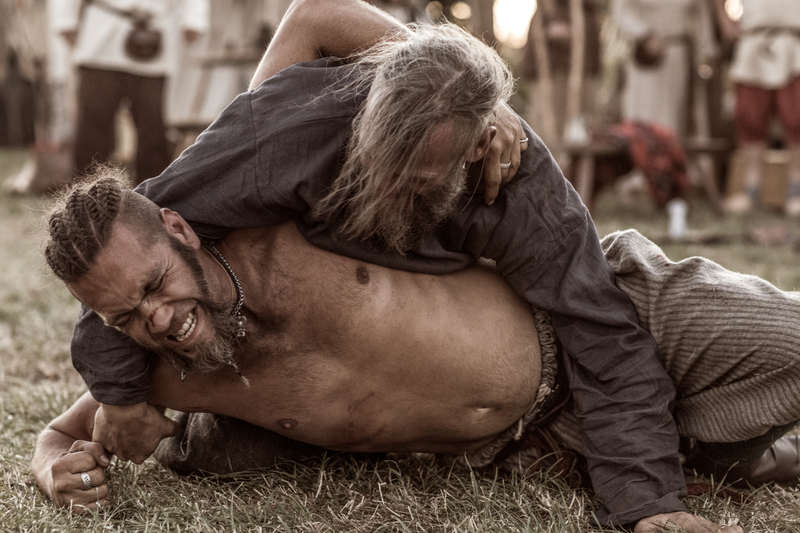
The Vikings were so keen on wrestling that they used to have competitions at weddings and festivals like Yule. Wrestling was popular among the Vikings because they could train without armor. As unromantic as it sounds, wrestling competitions made the Vikings the formidable warriors they would be known as on the battlefields.
Normandy
If you’re into linguistics, then you probably know or make a good guess that Normandy – in northwest France – refers to “Northmen.” And you’d be not wrong. The “Northmen” it refers to are the Vikings. Back in 9th-century Europe, parts of Northern Europe feared the class of sea warriors and raiders known as the Vikings. And they had every reason to fear them. The Vikings were a wave that struck medieval Europe.
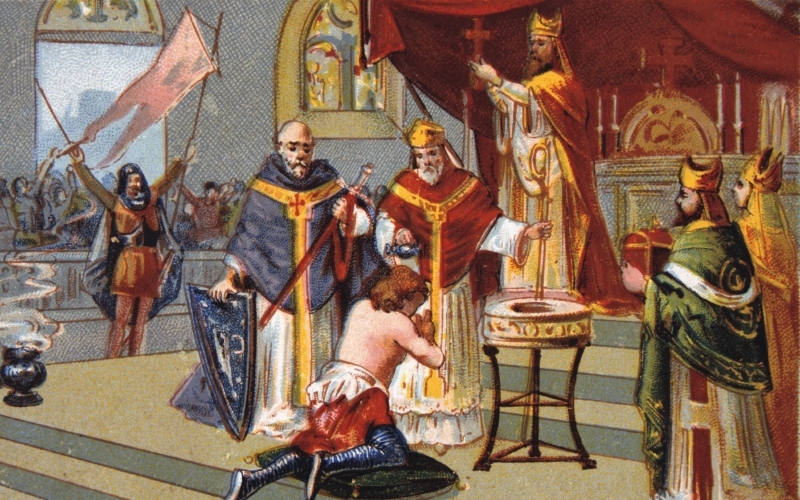
Unlike England, France’s strategy in dealing with the Vikings was to “join them instead of beating them.” The result is that Normandy became a vassal of the Frankish kingdom, and later, a new nation emerged known as the Normans, a.k.a. The Norman Invasion. When you mixed French and Viking cultures, the result was the Normans.
A Viking Pub
If you’re a mega fan of the Vikings and want to visit an actual place that Vikings frequented, the next time you’re in Dublin, why not go to the Brazen Head? This pub is one of the oldest in Ireland and hails back to the Viking age when Dublin was a Viking settlement.
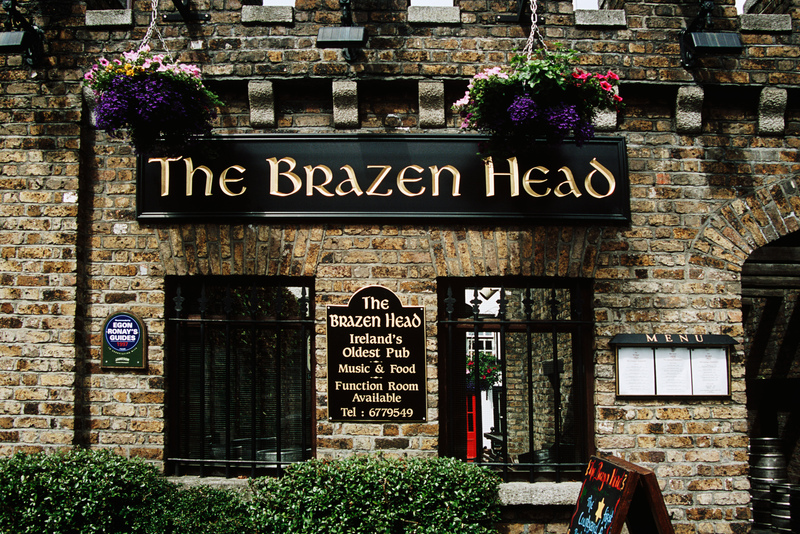
The Brazen Head was built in 1198 and it served as a pitstop or hang-out spot for Viking merchants and mercenaries. While you enjoy a hearty meal and drink, you can go back in time and experience what it must have been like at a pub in the Viking Age. Of course, we can’t imagine that the menu’s as old as 800 years.
My Hall Is Bigger Than Yours
Even these fierce warriors weren’t immune to social status. During the Viking Age, the Viking halls were some of the largest structures in Medieval Europe. The reason these halls were so grand was because Viking chieftains used them to make their plundering success known to all. The grander the hall, the more success that chieftain had had.
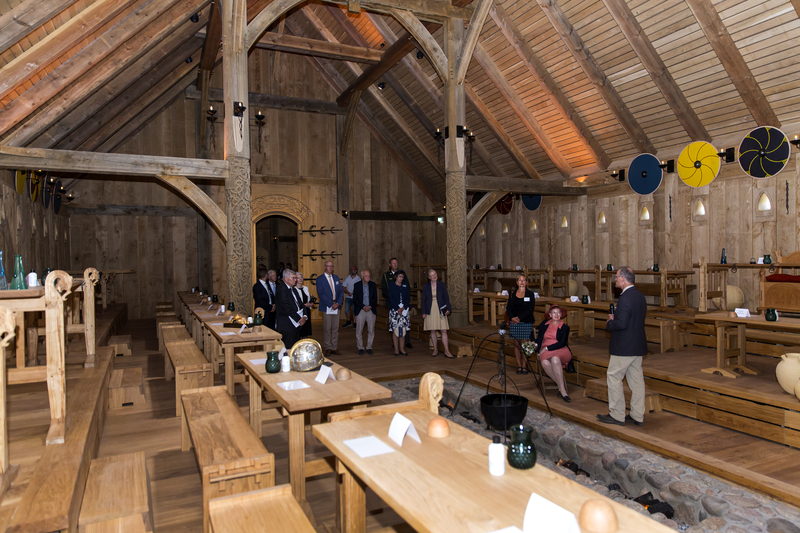
Apart from being an obvious statement about a chieftain’s bragging rights, a grand hall had other benefits. For one, it attracted new warriors to join that clan and have a share of the bounty. Vikings were plunderers and raiders, after all, so a grand hall would be all the advertising a prosperous chief needed.
Gift Giving
While the Vikings are infamous for being formidable warriors, it might surprise many to know that they had a kind heart. It was common among Viking chieftains to reward their clan warriors with gifts during occasions like Viking festivals or after a successful raid. Though the Vikings were rather generous and surprisingly kind-hearted, there was a twist to it all.
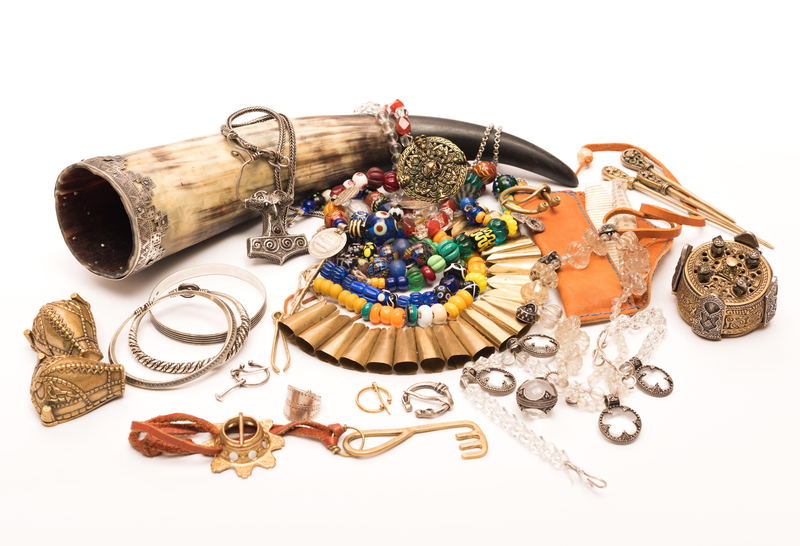
Typical gifts included jewelry and weapons. Of course, giving a clan warrior a weapon may seem to be a win-win. We only hope that these gifts didn’t play a role in any mutinies against chieftains. That is the risk of rewarding warriors with weapons.
Viking Longboats
If a village or town saw a Viking longboat on the horizon, they knew trouble was coming. Countless villages fell after Viking raids. One thing that made the Vikings so successful at pillaging villages was their longboats. Interestingly, the Vikings built several types of boats. Longships came in different sizes. The “snekkja” was the smallest longship and was used specifically for transporting Vikings during raids.
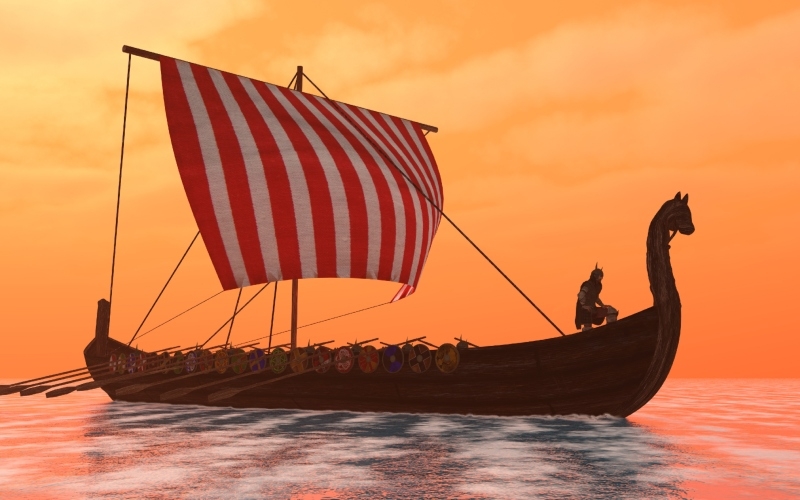
The “karve” was bigger and could be used during raids but also for transporting people and trade. What’s incredible about the longboats is that they were designed so well that they could transport the Vikings to countries’ interiors. One country that knows this well is France. This is because they were designed to navigate rivers, even some as shallow as only one meter deep.
Viking Minimalists
Minimalism may be a popular trend nowadays, but this way of living is old. More than 1,000 years ago, you could describe the Vikings as minimalists. Of course, these fierce warriors were fans of treasure as they sailed the northern seas to raid villages. But at the home base, they were rather minimalistic.
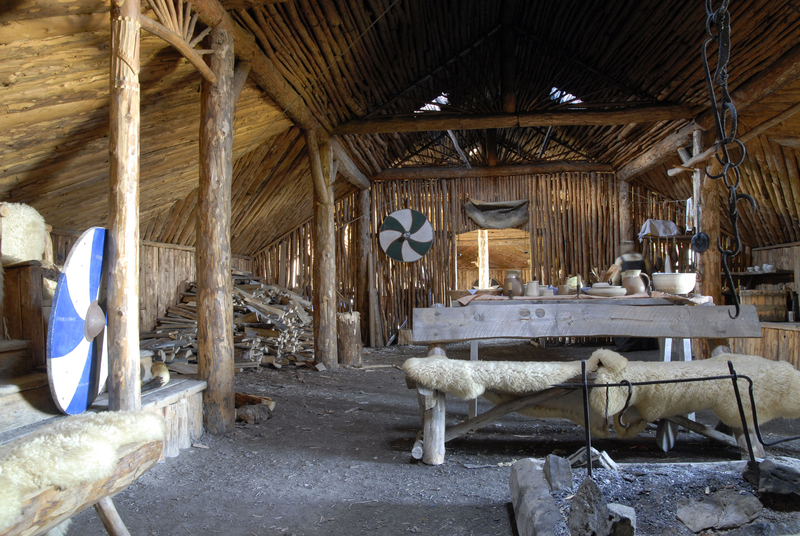
A typical Viking house was rectangular with a thatched roof and only one room. And they did everything in that one room: sleeping, cooking, and eating. They had an open fireplace. Considering that there were no windows, things got pretty smoky inside. Though the Vikings often had a single opening in the wall to let the smoke out, they still had to sleep in the same room where they cooked. Now, that’s super minimalist.
They Didn’t Call Themselves Vikings
The exact origins of the word Viking are unclear, and its meaning is something many historians still argue about. While historians have spent a lot of time trying to figure out what “Viking” means, the group of people who it speaks about wouldn’t care less about it. This is because the Vikings seldom used it themselves.
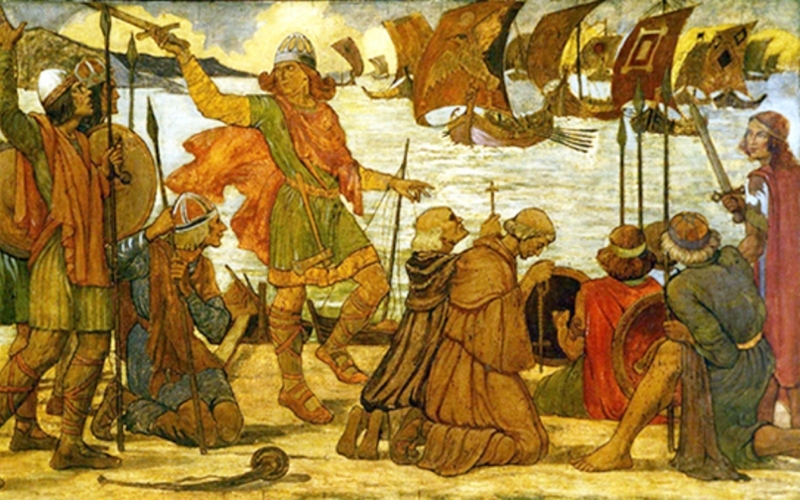
In fact, after examining their writing, the term “Viking” hardly comes up. This clearly shows that the Vikings didn’t use it all that much and probably didn’t use it to speak about themselves – probably because it had a negative association. Most likely, the nations who suffered from frequent Viking raids used this term to describe their antagonizers.
Viking Wealth
From the 8th to 12 centuries, the Vikings were one of the most powerful forces in Medieval Europe. No wonder this period in history was called the Viking Age. While there are plenty of reasons to explain why the Vikings became a dominant force in this age, one explanation for their wealth was that they had no rules against raiding churches.
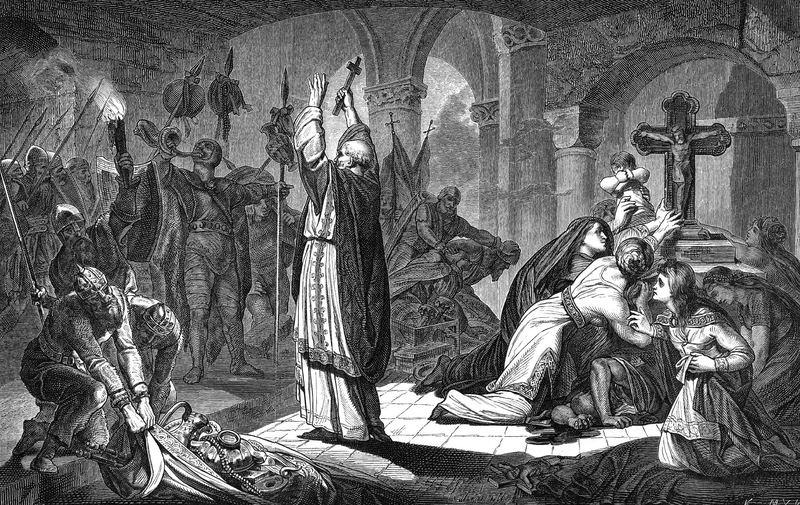
The other European nationalities were Christian, had Christian influence, or had Christian majorities or minorities in their territories. But since the Vikings were pagans, they didn’t have the same boundaries – they didn't mind pillaging as many churches as they’d like. We’re guessing that monks were praying for a Viking change of heart – or at least, simply not to spot their place of worship.
Contact With 50 Cultures
The Vikings were more known for their raiding and pillaging than their trading, but trading played an important role in their economy. In fact, trading was so integral to their economy that it brought the Vikings to the coasts of Asia, Africa, and North America. The strength of this seafaring nation meant that they could travel to distant places in search of exotic and luxury goods.
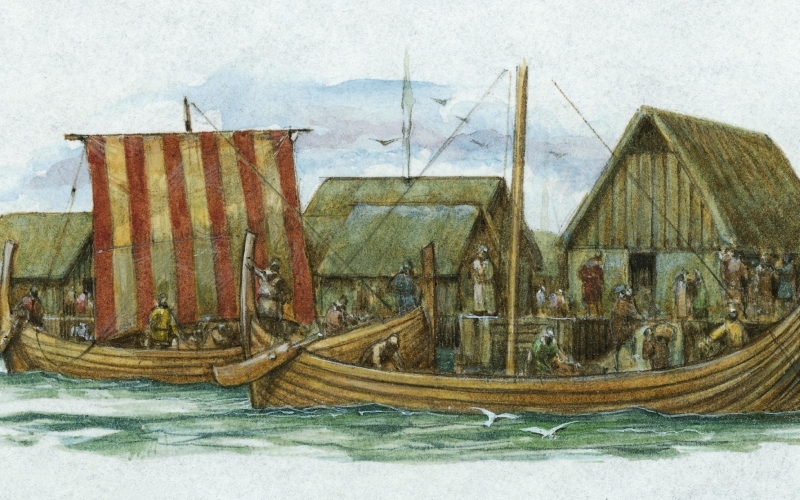
Typical trade routes were along the Volga and Dnieper rivers, but their trade was so expansive that it reached the end of the Silk Road. Interestingly, fur was highly prized in the Arab countries – something which the Vikings traded for silver coins. All in all, the Vikings' trading reach extended to 50 different countries (in the modern world), like China, Russia, Afghanistan, and Canada.
Animal Sacrifice
In recent years, interest in Viking culture has gone up. It could be thanks to an immensely successful historical series. Whatever the reason for this spike in interest, Viking culture has some terrible stains on its reputation. Viking festivals were a big occasion.
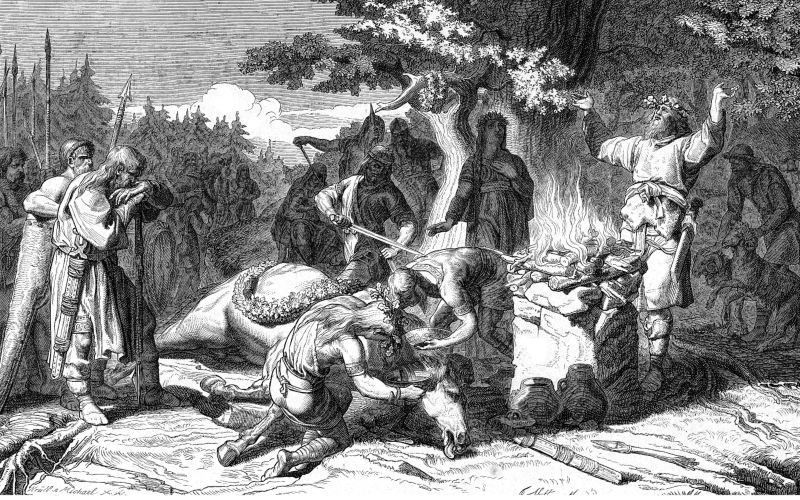
This class of people was known to paint the town red after a successful raid or during a festival, but they literally painted the town red – with animal blood. A common practice during these occasions was animal sacrifice. While many of us would love to go back in time to see how these North men lived their lives, we’re guessing animal sacrifice wouldn’t sit well with many of us.
Mead Benches
Clearly, chieftains were a big deal in Viking society. During a feast or celebration, Viking warriors would arrange their tables around the throne of a chieftain. These tables were called mead benches, and as the name suggests, there was plenty of mead to go about. Of course, as the Vikings were celebrating a festival or success in a battle, there was plenty of reason to have lots of mead.
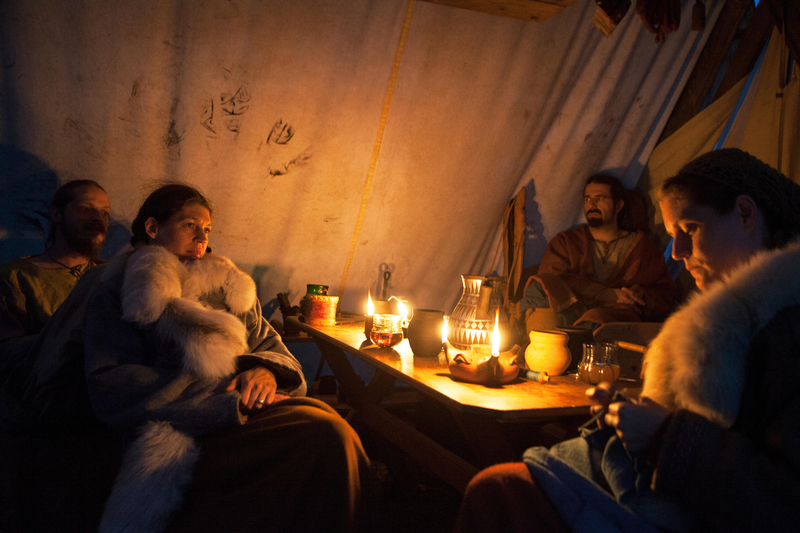
In fact, mead was so important during these feasts that they called this arrangement after the drink. While it might be better to hold one’s tongue, we could even say that mead may have been even more important than the chieftain.
Naming Swords
If there’s one thing most people know about the Vikings, it’s that they were pretty formidable warriors. Centuries later, the Vikings would probably take this as a compliment. While they were certainly a fearsome force on the battlefield, the Vikings weren’t taking any chances. They were extremely superstitious and named the swords, hoping that it would bring them good fortune on the battlefield.
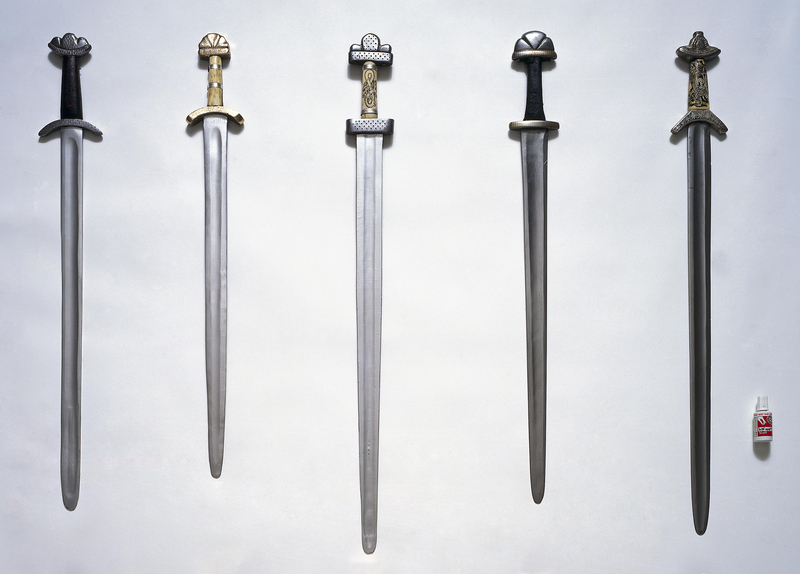
Interestingly, swords received their names from the swordmaker or owner. Typical names included Sigrun (the name of the goddess, which translates to “Victory Woman”), Cerrunos (a god of agriculture and farming), and Blodyn, which, interestingly, was a god of bad luck.
A Range of Weapons
When it came to weapons, the Vikings a jack of all trades. Not only did they have a range to choose from, but they reserved them for different purposes. It’s a myth that the Vikings didn’t use bows. Archaeological evidence shows that they definitely used bows, but they just weren’t common. Like the famed English longbowmen, Viking archers also used a long D-shaped bow. Without a doubt, the Vikings used swords.
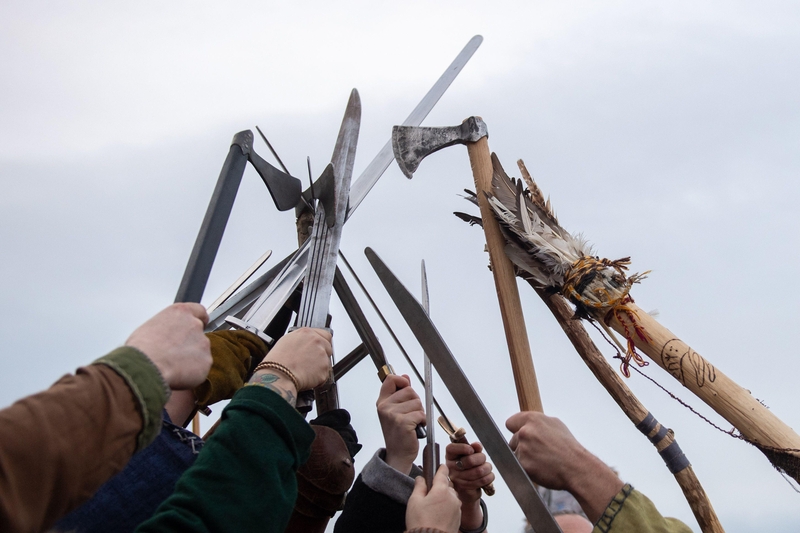
Though it needed a skilled swordsman to wield, the Vikings even fought with double-edged swords. Of course, some still used the more inferior, skill-edged ones. Vikings also used axes, spears, and shields. Axes were useful around homesteads, while spears and shields accompanied Vikings into battle.
A Fan of Cats
For cat lovers, it might surprise you to hear that the Vikings were cat lovers, too. Actually, it might not surprise you at all because you know cats are awesome. Apparently, the Vikings thought so too. Dog lovers don’t need to get defensive because this warring nation was keen on dogs, too, as they even took dogs with them to battle. But cats were still their favorite pets. As Vikings were typically farmers, cats took care of rodents and pests.
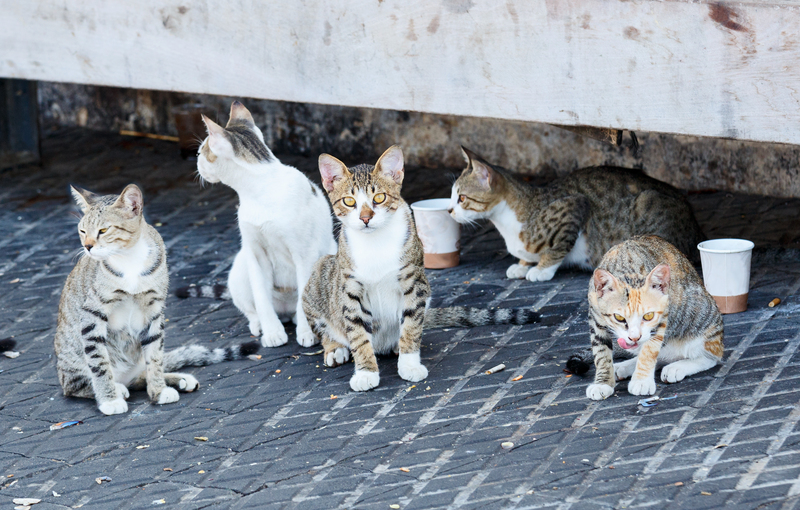
They needed them to make sure their crops survived. No wonder these formidable warriors thought cats were good luck. Cats were also treasured in Viking society because they believed their feline friends could see ghosts. We’re not exactly sure if that’s lucky – but the Vikings apparently thought so.
Viking Berserkers
You’ve probably heard the legend about Viking berserkers. The good news about these ferocious warriors is that it’s 100% true. If you haven’t heard about the Viking berserkers, you’re unlikely to forget them. Though the Vikings made incredible warriors, the berserkers were in a class of their own. According to Viking legends, these warriors went into battle in a state of blind fury where they just demolished whatever crossed their paths. Good luck to their enemies.
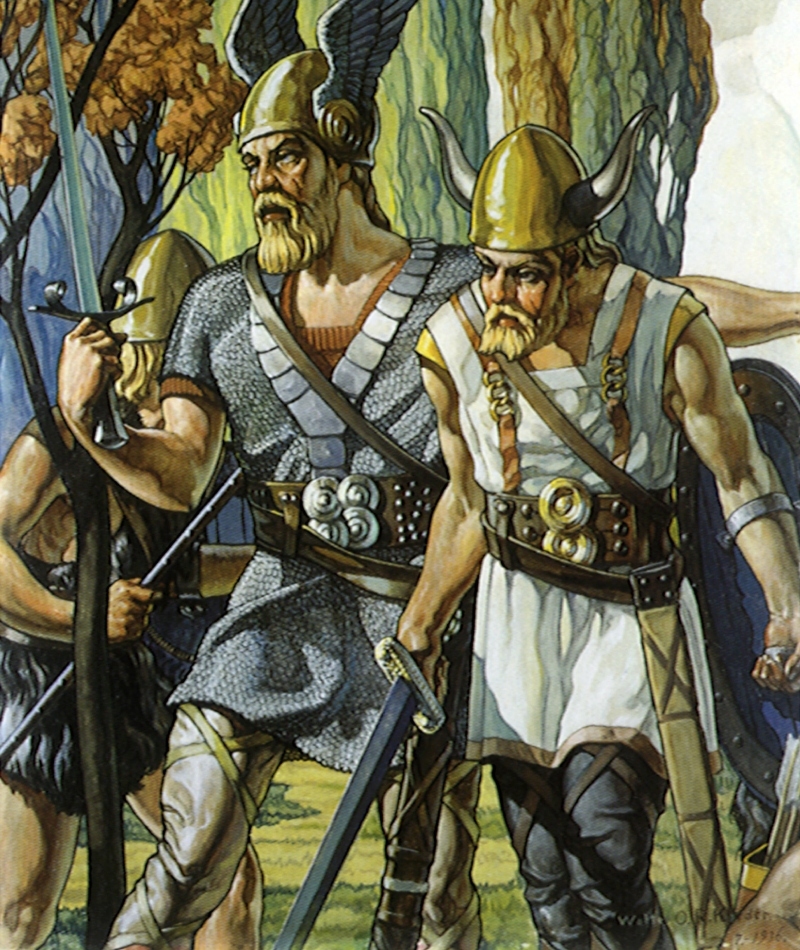
They even went into battle without armor. Maybe it’s because these warriors consumed hallucinogenic mushrooms or a large quantity of alcohol before going into battle. Bewildered state or not, these warriors went “berserk” in battle. Their legacy today lives on as it was from this class of warriors that the word “berserk” was coined.
Makeup
In 2013, the History Channel released the epic series “Vikings”. And though the History Channel was behind this production, some viewers didn’t know if they could take everything in the series at face value. One thing that struck viewers as odd was that the Viking characters wore eyeliner. The interesting thing is that this was not a stretch of the imagination. The Vikings indeed donned eyeliner.
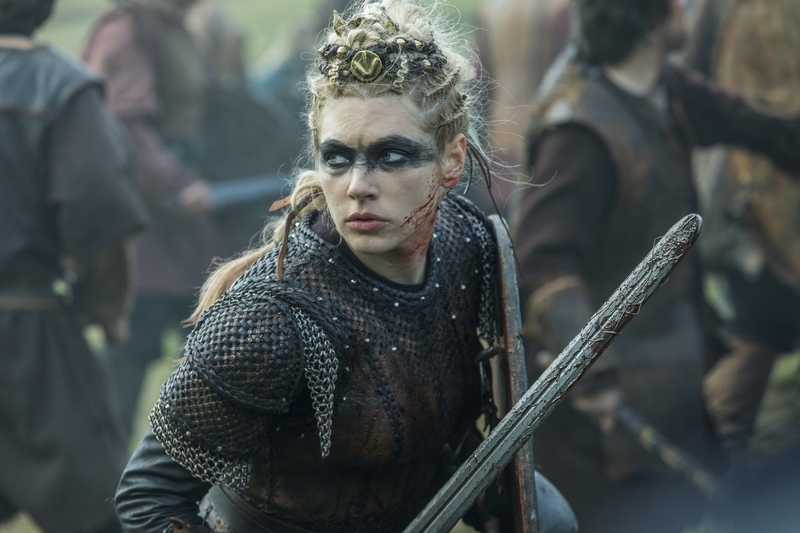
As they lived almost 1000 years ago, naturally, their eyeliner wasn’t the same as contemporary eyeliner. Theirs was made from lead and oxidized copper. While the characters really looked striking with their smoky eyes, they didn’t wear it for aesthetic purposes. Rather, they used it to protect their eyes from the sun. But it was made of lead, meaning long-term, it was harmful.
The Louvre
Before the recent pandemic, the Louvre received roughly 7.5 million visitors a year. You might ask, what does this famous museum have to do with Viking history? While this museum is one of the most famous, it is also one of the oldest. In fact, its history starts with the Vikings. In 1190, during the reign of Philip Augustus the Louvre castle was built.
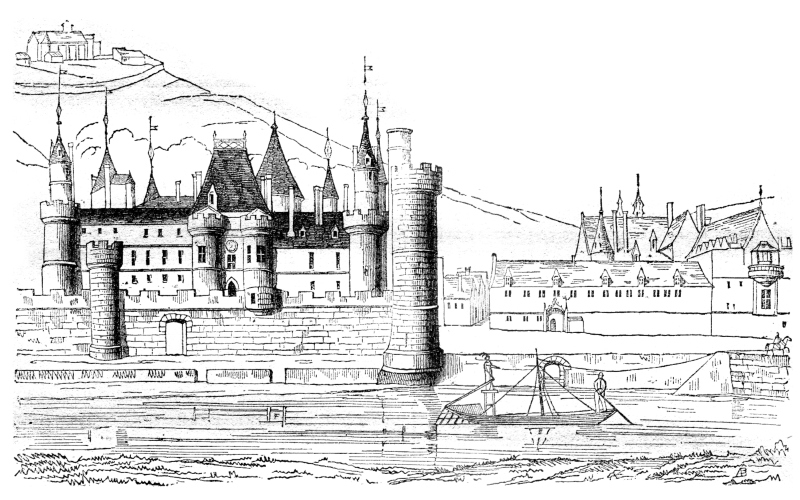
The reason behind the castle’s construction was to protect Paris against a Viking invasion. Of course, the French had plenty of reason to be worried, as Vikings were a constant menace. Interestingly, the castle was built right at the end of the Viking Age. Later in the 16th century, the castle was demolished and turned into the world-famous museum it is now.
Kittens to Brides
It might seem strange to present a bride with a kitten as a wedding gift, but then again, you’re not a Viking. If you were a Viking, giving a new bride a kitten would be absolutely normal. A kitten was considered necessary in helping a bride set up her new home. We know, for one thing, a home would be a lot more comfortable if there weren’t loads of rodents and pests running around, so we definitely see the Vikings' need for cats.
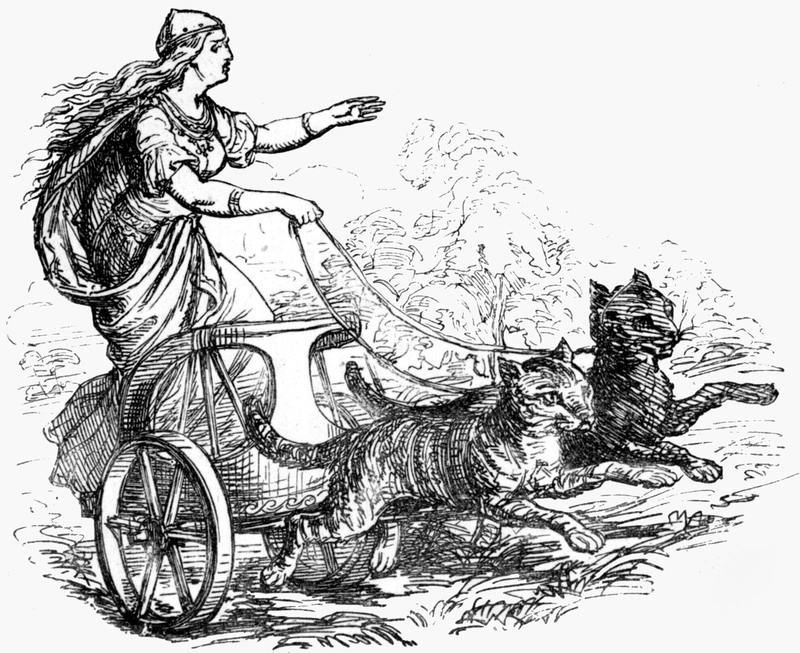
Vikings also associated kittens with Freyja, who was the goddess of marriage and love. Though Vikings may seem like hardened warriors to us in the modern world, we have to admit the importance of cats in their society showed they were softies in their own way.
Deceiving the Enemies
No Viking warrior’s attire would be complete without a shield. This accouterment saves a warrior’s life from a volley of arrows or a strike from an enemy’s sword. Though shields could save a wearer’s life, they came with their own weaknesses. As the Vikings were elite warriors, they knew this well. They also had a solution to this – painting their shields.
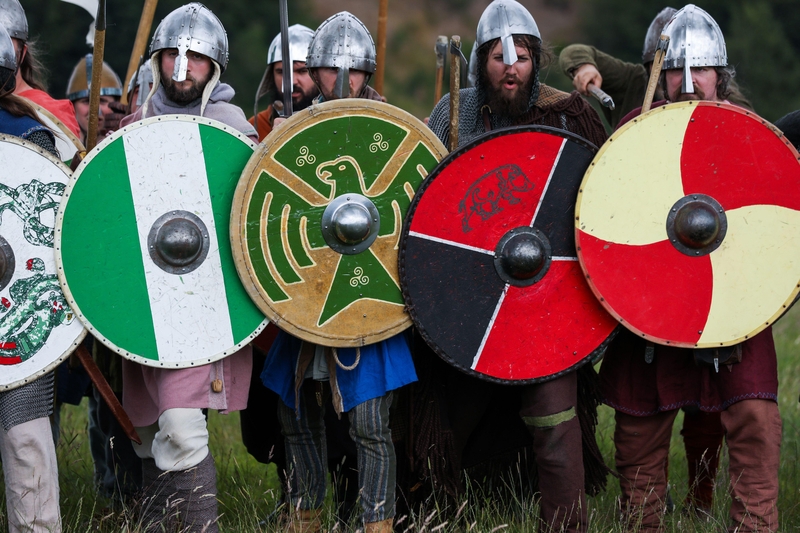
Though it may seem that the Vikings painted their shields to represent which clan they belonged to, there was a more practical reason for doing so. If the shield had any weaknesses, it would be covered by paint. Thus, an enemy wouldn’t know where to strike. It is a simple but truly ingenious way to add a further layer of protection.
No Unity Among Vikings
Perhaps the romantic parts of our imaginations want to believe that these warriors lived and worked together, but that’s not the case. There was no true unity among Vikings. People making up Viking clans could have been from Sweden, Denmark, or Iceland, and they pledged allegiance to a chieftain.
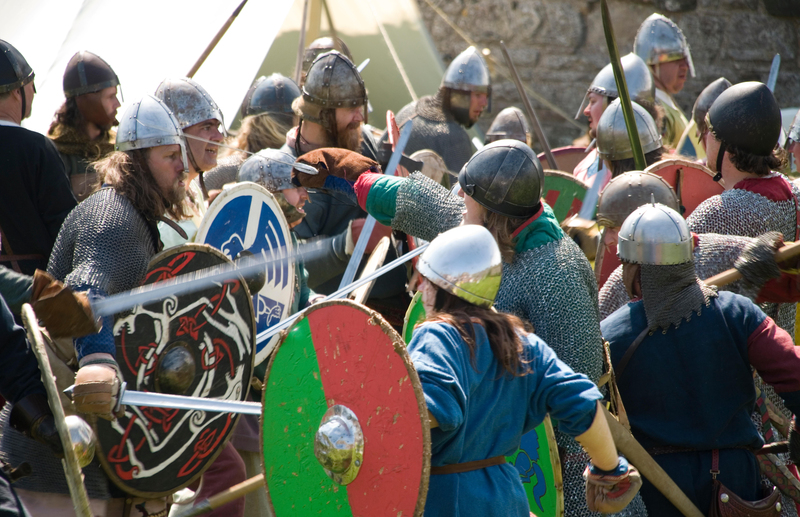
Their loyalty was to their clan and leader, and that means that even a Viking from a rival clan would have been an enemy in their eyes. One of the most powerful was the Clan Sturlungar, headed by Sighvatur Sturluson. For this reason, there was a lot of inter-clan conflict. It would have been awesome if the Vikings were a unified force, but unfortunately, the history books tell us differently.
Viking Happy Hours
Popular culture representations of the Vikings partying it up are not wrong. In fact, the Vikings enjoyed living it up quite regularly. Their favorite drink was mead. One of the reasons the Vikings often indulged in mead was because they had access to honey. After fermenting honey, they then added herbs like rosemary and spices like cloves to make their own special blend of “Viking” mead.

Interestingly, mead wasn’t only made for partying purposes; it also had several beneficial properties. It helped to boost the immune system, cleaned the blood, aided digestion, and contained natural antibiotics. We should take a page out of their books because they could party it up and be healthy at the same time.
Pesky House Mice
We can’t put the blame completely on Viking shoulders, but we can put some of the blame on them. It might not be known, but the Vikings were responsible for spreading some mice around the world. As the Vikings were seafarers, mice could easily hop on their ships and go along for the ride.

When the Vikings made contact with different regions, the mice could simply hop off and make a life for themselves – unfortunately, not everyone was keen on the arrival of these pesky pests. Scientists have traced some species of mice to come from Norway originally. It makes sense why these Scandinavian warriors were such big fans of cats and even welcomed them onboard during their travels. The cats, clearly, didn’t get to all the mice on the ships.
Marriage
In the modern day, we have a rather romantic outlook on marriage. Compared to us, Vikings were a little bit more practical about the topic. For them, marriage was seen as an economic union between two people. Generally, two families first had to agree to the union of their relatives. When the two families agreed on the “terms and conditions” of the marriage, the father of the bride paid a dowry.
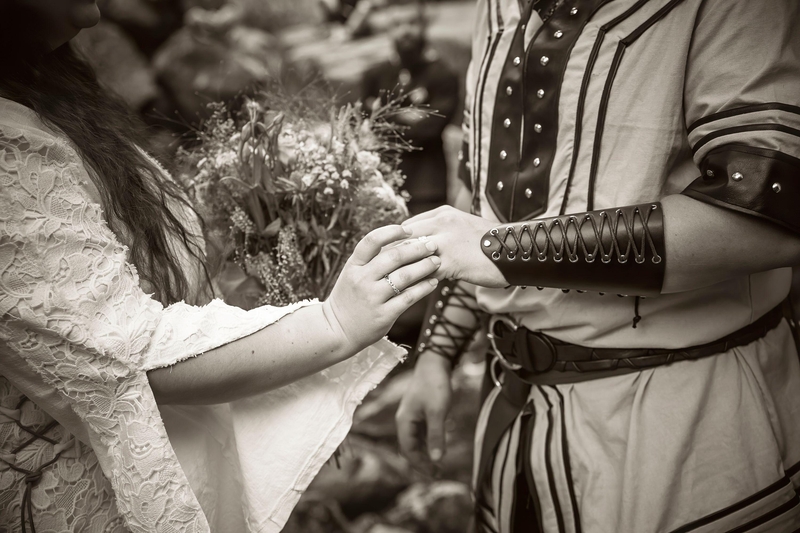
And then, the marriage went ahead. Interestingly, if you were a well-off man in the Viking age, you’d have made quite the suitor as one of the main criteria for a husband was if he could provide well. One thing that probably wouldn’t sit well for us nowadays is that brides could often be 12 to 15 years old.
Not Exactly Fairtrade
Technically, slavery has only been abolished for less than 200 years. It took the USA some twenty years later to abolish this practice. While this is one of the darker aspects of humanity’s history, this practice of selling human beings as chattel is very, very old. And though the Vikings have gained many fans in recent days (thanks to a popular History Channel series), they, too, engaged in this practice. In fact, it was their primary trading “commodity.”
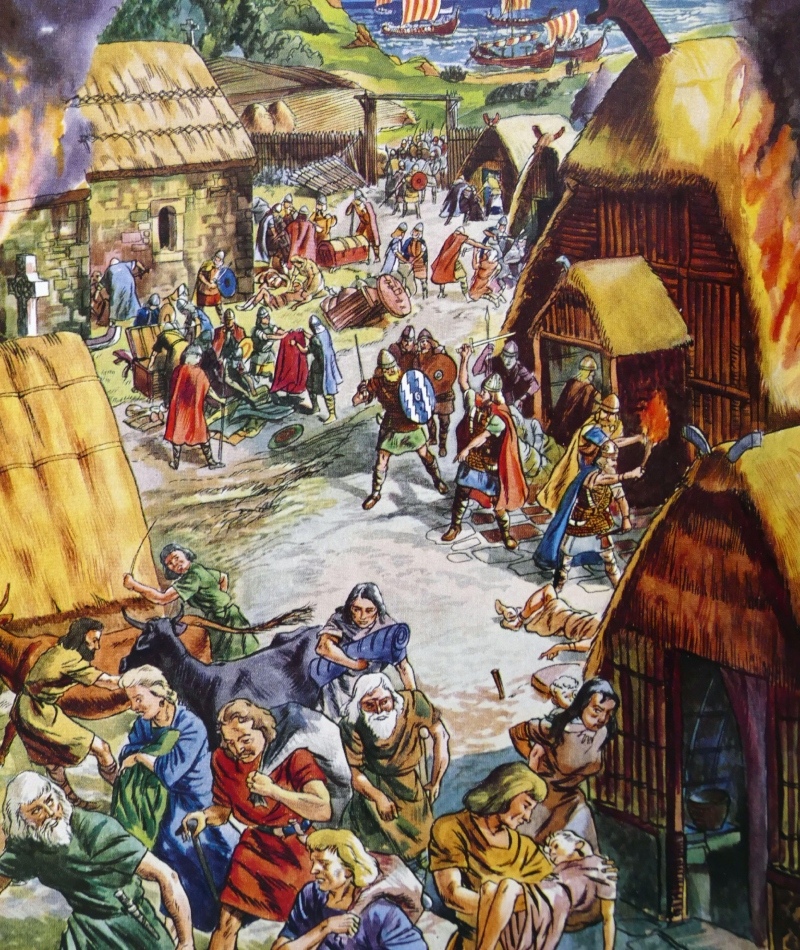
Dublin – a Viking settlement from the 9th to 11th centuries – became an international trading center for slaves. After raids, Vikings captured Irish men, women, and children and sold them as “thralls”. They regularly sold slaves to the Byzantines (Eastern Roman Empire), the Caliphate, and other Vikings.
Mixing With the Locals
As the Vikings were elite seafarers, they got around a lot. What’s curious is what caused the Vikings to be such advanced naval folk. Though there’s no historical consensus on what the catalyst for their naval development was, one theory proposed is that Viking men wanted – or rather needed – women. Vikings were polygynous, meaning one very powerful man could marry a lot of women. And some men weren’t having this.
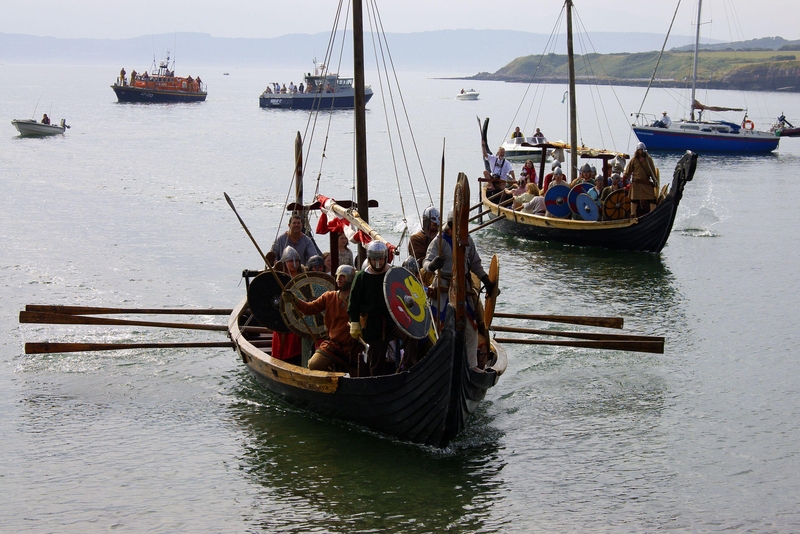
So, they built boats, traveled lots of leagues, and mixed with locals from other countries like Ireland, Scotland, England, and France. Though their true motivations for leaving Scandinavia are a mystery, we do know that often, they brought the indigenous women back to Scandinavia. Other times, they settled down and mixed indefinitely with the locals.
Old Norse
There is one obvious inaccuracy in the popular TV series “Vikings”, and that is the language the Vikings are shown to speak. Of course, the producers couldn’t exactly have had the characters speak Old Norse. Firstly, where would you find enough actors fluent in Old Norse? Second, how would you create a popular TV production spoken in Old Norse? That’s right, the Vikings spoke Old Norse, also known as Old Scandinavian.
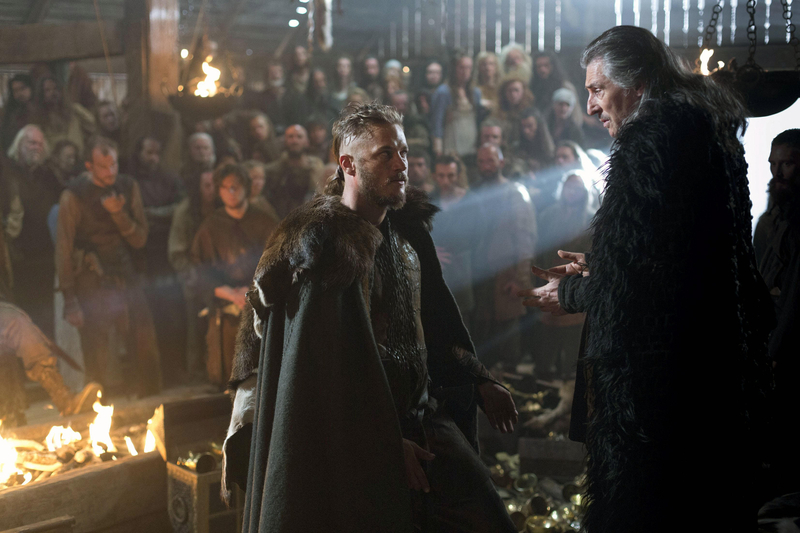
Thanks to their settlement in the British Isles, Old Norse has actually left its mark on modern English. Words like “ugly” come from the Old Norse “ugg,” “cake” comes from “kaka,” “slaughter” comes from “slate,” and “gun” from “Gunn.” While you won’t have many people to communicate with, if you want to speak like a Viking, learn Old Norse.
Runestones
If you’re a fan of “Tomb Raider,” then you’ll probably know all about Viking runes. Except, they don’t light up when you don Thor’s hammer and belt (which we’ve yet to find). But archaeologists have found runestones. In fact, between 1700 and 2500 runestones were found just in Sweden.
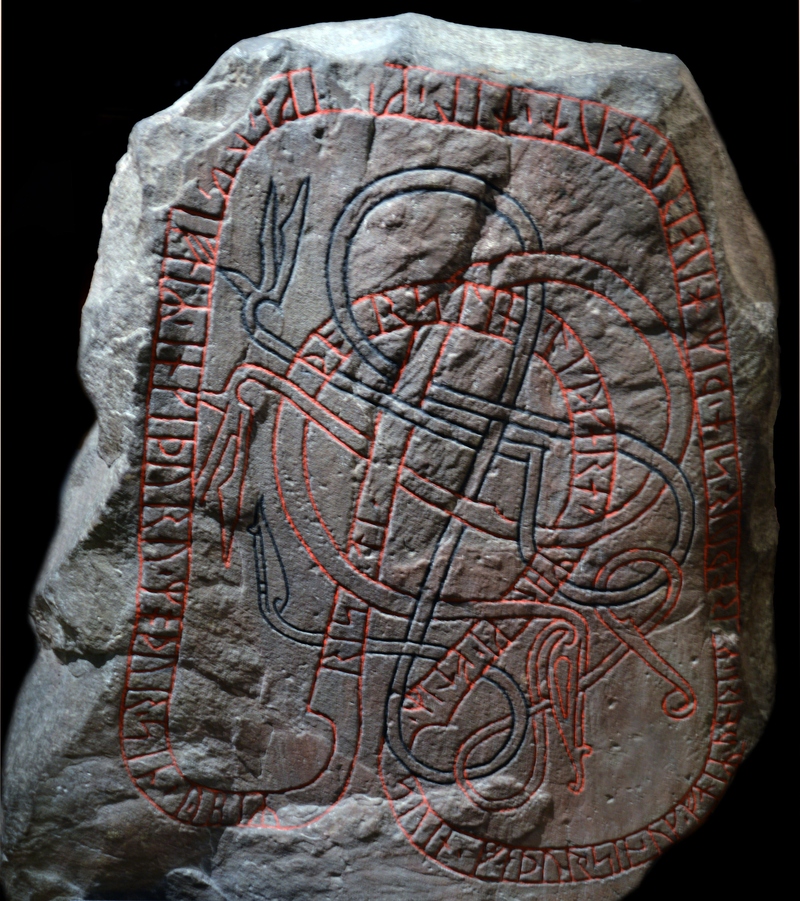
Though Vikings weren’t big on writing, engravings and inscriptions on these runestones show writing was used for specific purposes: graveyard markers, property markers, and markers of important places. While none of us are going to wield Thor’s hammer any time soon, these runestones show that for certain necessities, even the Vikings had to resort to writing stuff down – like who owns which property or lives where.
Viking Blood
Since the History Channel’s epic series “Vikings,” these incredible warriors have gained a lot of modern-day fanboys and fangirls. Thanks, History Channel. What plenty of these fanboys don’t know is that there might actually be descendants of Vikings. According to Facts.net, 35% of men in Denmark, Norway, and Sweden are distant relatives of Vikings. The website also states that 1 in every 33 men in the British Isles is a descendant of the Vikings.
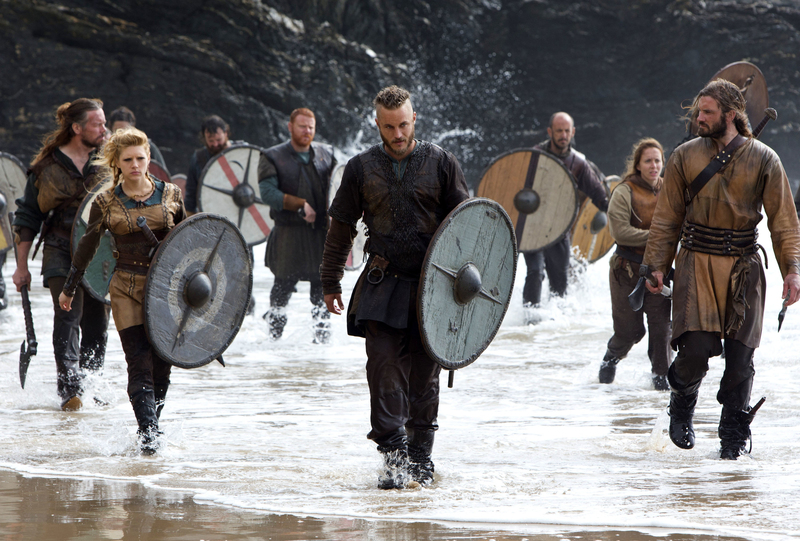
A Daily Mail article has better news. It says that there are almost 1 million Viking descendants living in the UK. While northern England and Scotland have between 4 and 5% of Viking descendants among their populations, the Shetland and Orkney islands boast between 25 and 29% of Viking descendants.
Tributes
An old way of making easy money was to attack rich towns and cities and then get them to pay you to stop. These towns would pay a tribute regularly to put an end to your pillaging. Romans paid tribute to the Huns. Russian principalities paid tribute to the Golden Horde, a.k.a. The Mongols. The Franks, the English, and the Kyvian Rus also paid annual tributes to the Vikings as these fearsome raiders proved to be a painful thorn in these kingdoms' backsides.
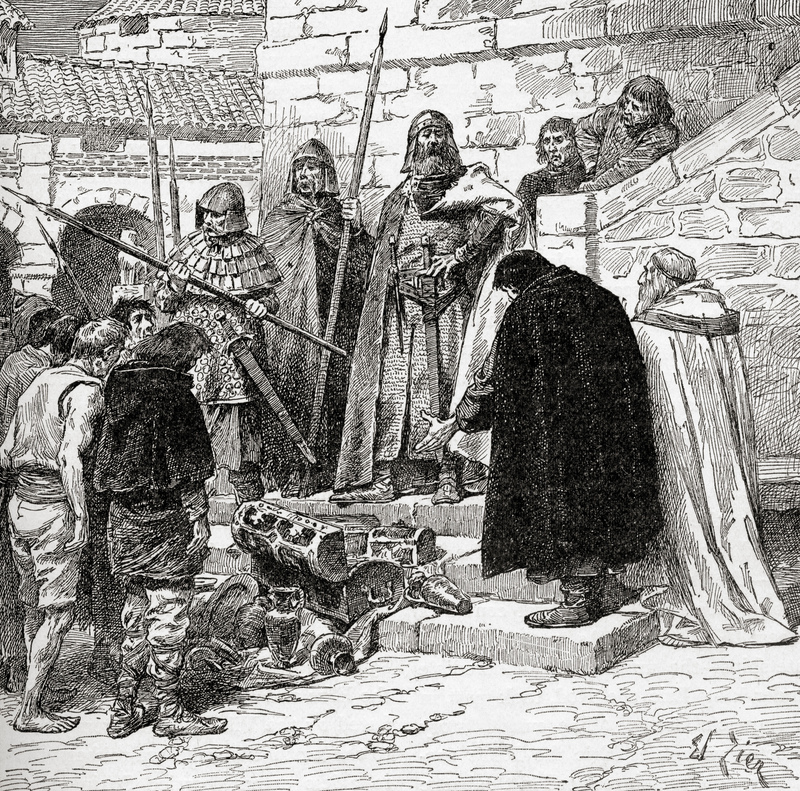
This annual tribute was known as “Danegeld,” – which simply translated to “money to get the Vikings to back off.” While we’re pretty sure that the Vikings walked away as pleased as punch, many kingdoms must have breathed a sigh of relief when the Viking Age ended.
Childbirth
Even nowadays, natural childbirth still instills a lot of dread for expecting mothers. Thank goodness for caesareans. Sadly, this was not a privilege that was available to Viking mothers. Historians believe that many Viking mothers aged 25 to 30 died during childbirth.

We’re not sure of the exact numbers because the Middle Ages, in general, saw a lot of women die in childbirth. In Florence during the 15th century, it is estimated that this was the cause of death for 1 in 5 women. We expect that the range would be similar among Viking women 500 or 600 years earlier in the Viking Age.
Longswords
While the Vikings had access to and used several kinds of weapons (like bows and axes), their weapon of choice was the longsword. Compared to a regular sword, the longsword was made of 18 inches (roughly 46cm) of high-quality steel. Such a quality of steel was rare in those days, making longswords a very prized asset for the Vikings.
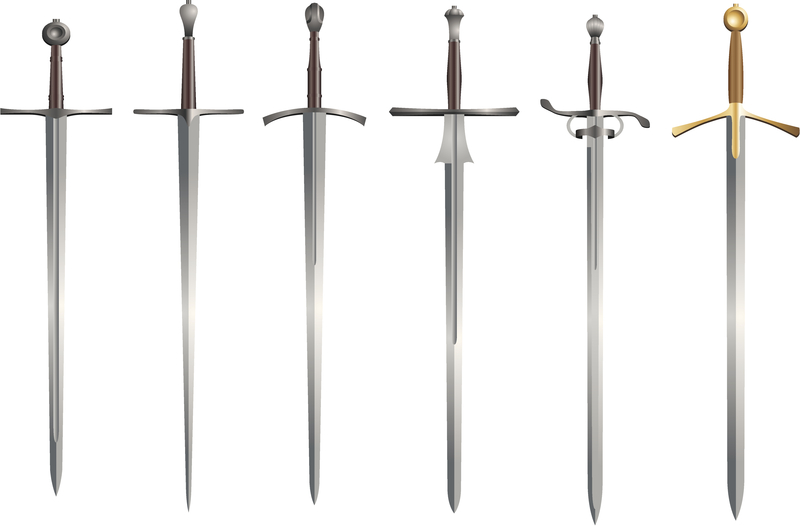
What made these weapons even more coveted was that they were good on both the offensive and defensive. Of course, to wield such a coveted weapon, you had to be a superb fighter. And this is something the Vikings had no shortage of. Male Viking warriors typically used longswords, but now and then, you could find female warriors who fought with longswords too.
A Legendary Stronghold
The Vikings weren’t a united group of people. Different clans of Vikings interacted and competed among themselves. One Viking clan was called the Joms Vikings. What is special about these warriors is that historians aren’t sure if they exactly existed. Thanks to the Icelandic Sagas, published at the eclipse of the Viking age, and three runestones, the clan of Jomsvikings has taken on a legendary status.
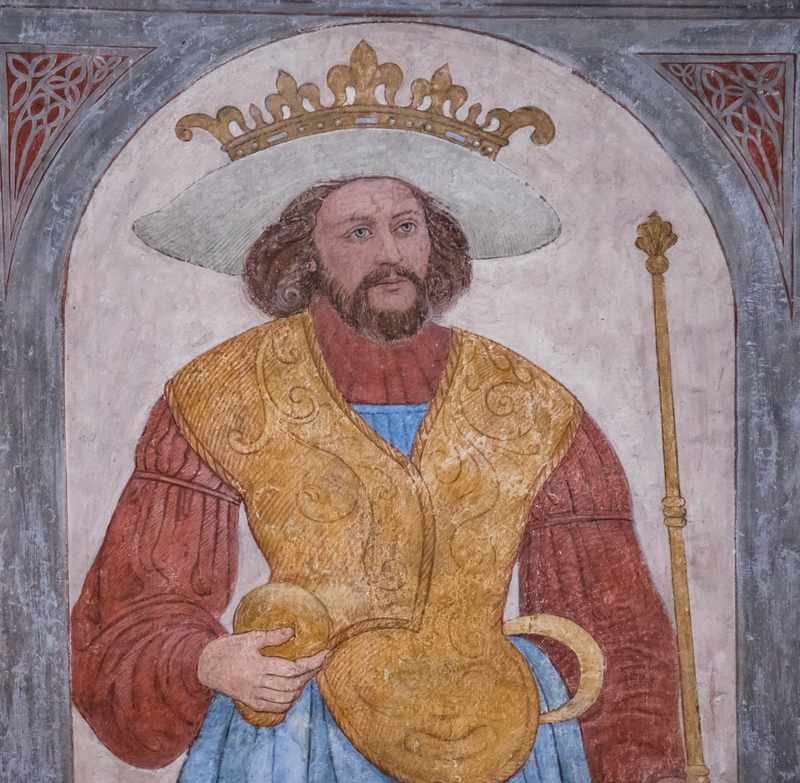
Apart from being well-trained and expert fighters, what made these warriors even more legendary was their fortress, Jomsborg. It is believed that Jomsborg was built by King Harold Bluetooth in the 960s and was destroyed by a fire in 1043. Jomsborg was a stronghold that guarded a habor but its location is unknown, making historians skeptical to believe that it and the Joms Vikings ever existed.
Viking Alphabet
Though the Vikings weren’t known for their writing, they did have their own alphabet. And we have archaeological evidence for this, namely runestones. In Sweden alone, between 1700 to 2500 runestones were discovered, all in the Viking alphabet. Interestingly, it was the runes themselves that formed the basis of the Viking alphabet.
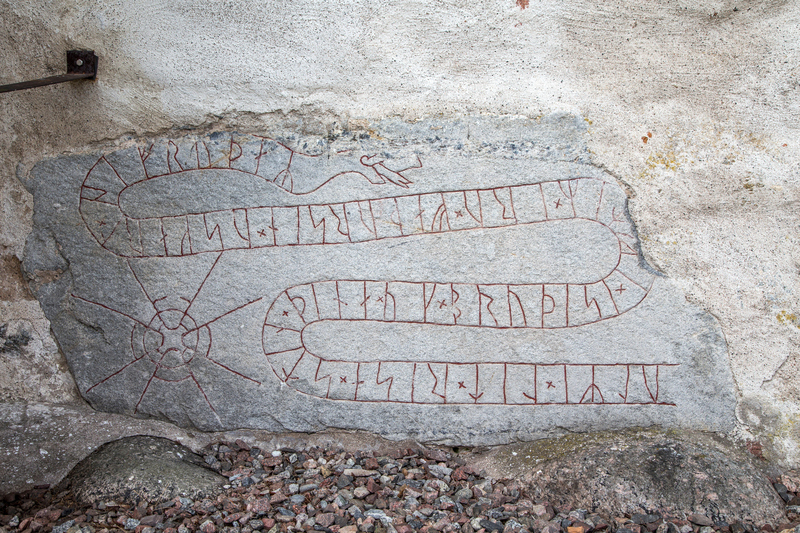
Germanic groups tended to use the Runic system, including the Scandinavian groups. The Latin alphabet was later introduced to these parts, but during the Viking Age, they would have used this Runic alphabet system. Fortunately, thanks to the introduction of Latin, plenty of Viking sagas were finally written down. Before, these epic sagas were shared orally.
Danelaw
For a period of almost 200 years, Vikings ruled over much of England. Their territory extended over 15 shires and included London, Cambridge, York, and Middlesex. Interestingly, during this period, Viking law took precedence over Anglo-Saxon law. In 865, the first wave of Vikings came to England and established their own kingdoms.
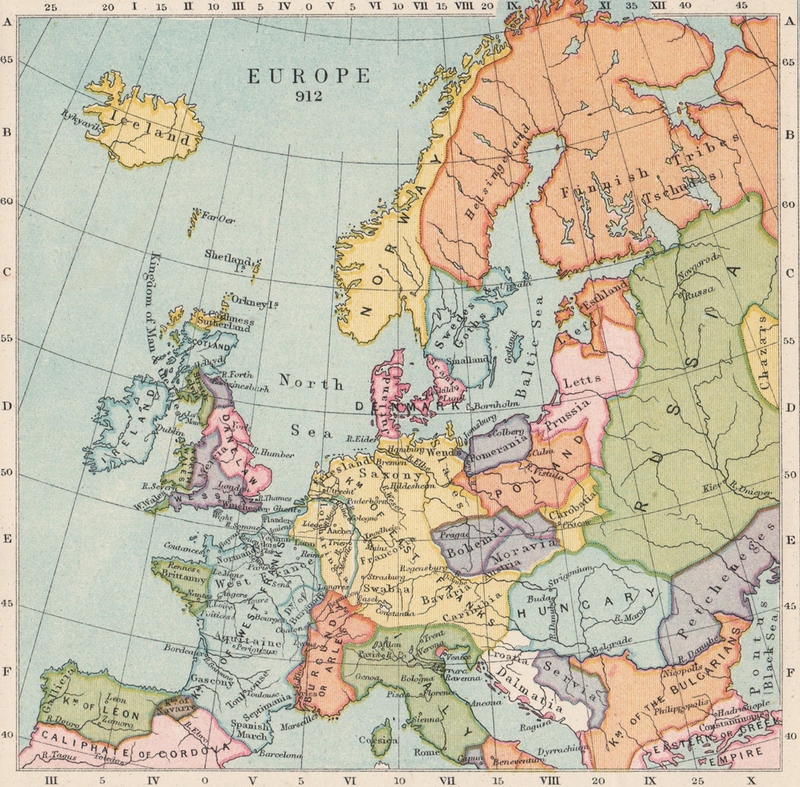
Almost 20 years later, a treaty was created to mark out Anglo-Saxon and Viking boundaries, and for some time, the two different cultures and legal systems lived harmoniously on the British island. Peace might not have been achieved if the Vikings were made to follow Anglo-Saxon law. But naturally, competition for territory in England eventually led to tension between these two groups.
No WC
Most of us have heard of the Vikings’ legendary passion for exploration. Thanks to their gift for shipbuilding, their longships could travel great lengths. In fact, a Viking longship could travel 200km in one day. While it might not sound like much nowadays – when we can easily travel that distance in a plane, car, or ship – that was impressive 1000 years ago.
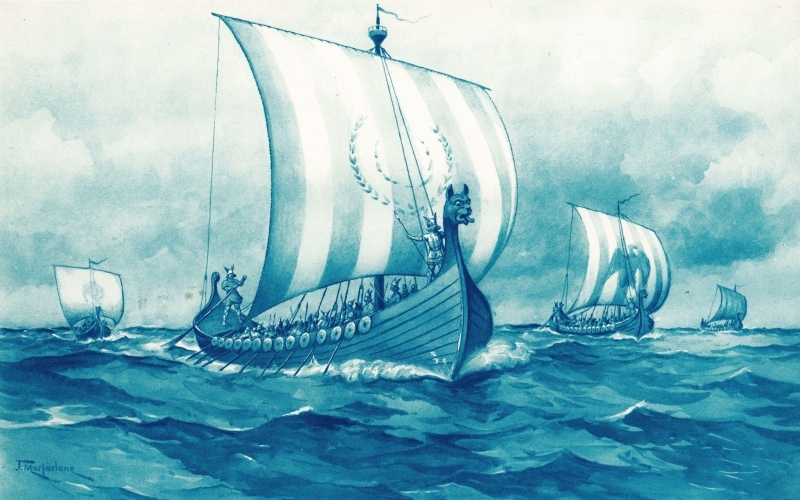
The only problem is that longships didn’t come equipped with toilets, meaning that long journeys weren’t all that pleasant. Bearing this in mind, as disgusting as it sounds, the Vikings either were really patient, or the WC wasn’t so important to these warriors. They were hardened warriors and explorers, after all.
Fishy People
It might strike you as fishy, but the Vikings were super keen on fish. The Vikings were such lovers of fish that they ate them all year long. Even though the harsh Scandinavian winters would make it impossible to fish for food, to overcome this hurdle, the Vikings would fish during warmer months and use preserving methods to dry out their fish for later consumption.
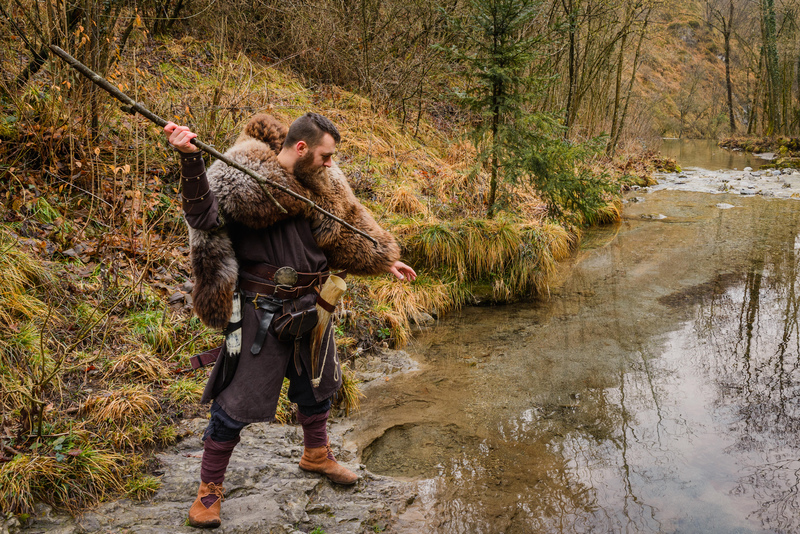
A common method was to smoke fish on roofs. Firm fish favorites included trout, herring, haddock, and cod. Though we tend to think of the Vikings as bloodthirsty folk who probably had a taste for meat and beer, it turns out these folk could be rather fishy.
Martial Arts
Many nationalities around the world have their own martial arts. Kung Fu originated in China, Karate from Japan, Taekwondo from Korea, Krav Maga from Israel, Muay Thai from Thailand, and Brazilian Jiu Jitsu unsurprisingly from Brazil (but also from Japan). While these are the most typical martial arts, plenty of countries have their own martial arts.

A surprising addition to this list is Iceland. “Glima” is the national sport of Iceland. It also happens to be a martial art that was invented by the Vikings. While it might not be as impressive as the others, it’s impressive that “Glima” has survived 1000 years – long after the Viking Age.
Old and New Gods
Norse mythology is more complex than most people know. Interestingly, similarly to Greek mythology, in Norse mythology, there are two types of gods: the new and the old Gods. The mythology system is slightly different. There are two races of Gods: Aesir and Vanir. Thanks to the MCU franchise, most of us are familiar enough with the Aesir gods.
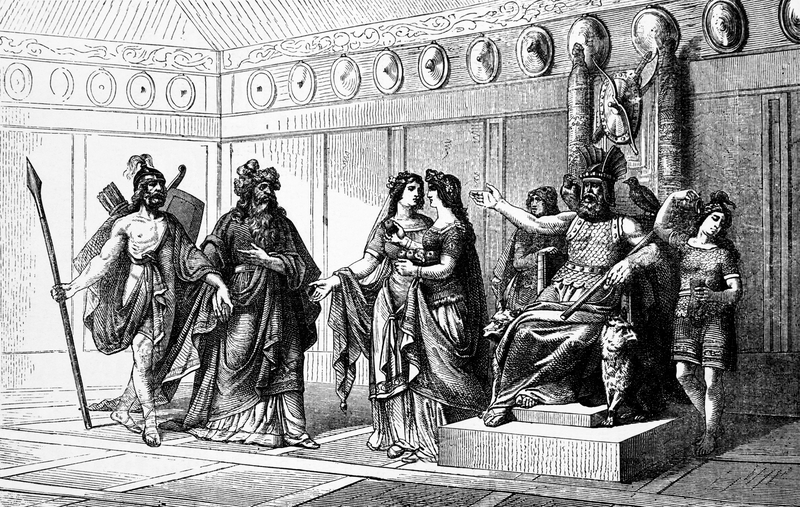
These included the war and death god Odin, his wife Frigg, and their sons: Tyr, the god of war Tyr; Thor, the god of thunder; and Loki, the god of mischief. The Aesir gods were the most superior and ruling deities. As the second-tier gods, the Vanir were associated with wealth, commerce, wisdom, and fertility. We’re not as familiar with the Vanir gods, but this pantheon includes Freya, Njord, and Hnoss.
Names of Places in England
England wasn’t only the target of Viking raids, but later parts of the country were subjugated by these foreign legions. During the Norman invasion, Viking rule in England eventually ended, but the Vikings left their mark on the island. The most obvious sign of Viking influence in England is the name of some places.
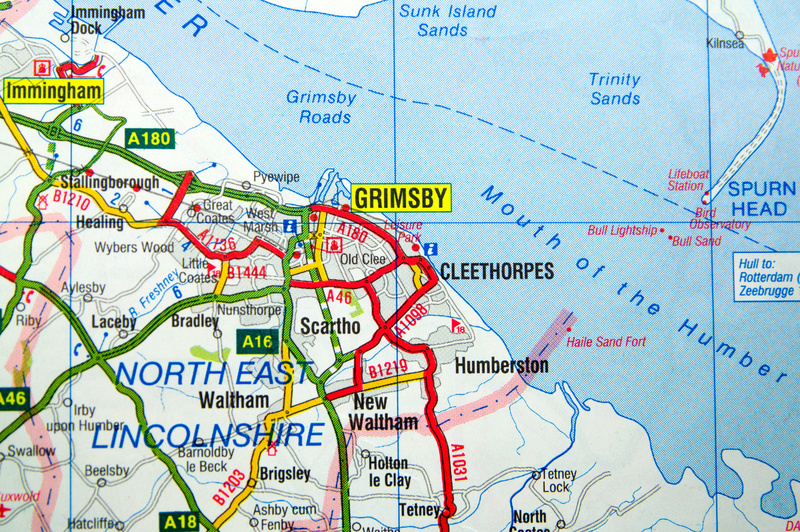
In Old Norse, “by” meant village. That’s why villages in England often end in the suffix “-by.” For example, “Grimsby” is the name of a village where the Viking Grim lived. Perhaps Grim was a clan leader. On the other hand, the Viking word for church was “kirk,” so “Kirksby” was what the Vikings named a village with a church.
Eco-friendly
In the modern age, many people strive to be eco-friendly. Though the Vikings didn’t know about contemporary environmental concerns, almost a millennium ago, they were quite the eco-pioneers. The Vikings built “long houses”. Not to be confused with “longboats,” but these were used for storing crops and housing animals like cattle and other domestic animals.
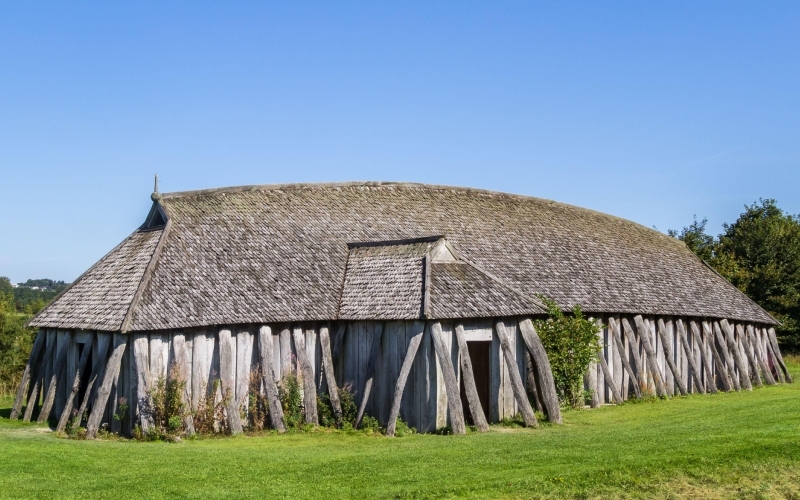
What’s interesting about the longhouses was they were constructed with turf roofs to keep heat inside. In cold months, these longhouses had a lot of utility. And they were eco-friendly because longhouses retained heat. It certainly seems like the Vikings had an affinity for long things like their “longhouses” and “longboats.”
Age
One thing that might surprise many is that in Viking society, you only came to age when you were 20 years old. That means you were only considered an adult when you turned 20. By the standards of some countries today, that seems rather old. Of course, the USA would agree completely with the Vikings. 20 seems really old, considering that the average lifespan of a Viking was 40 years old.
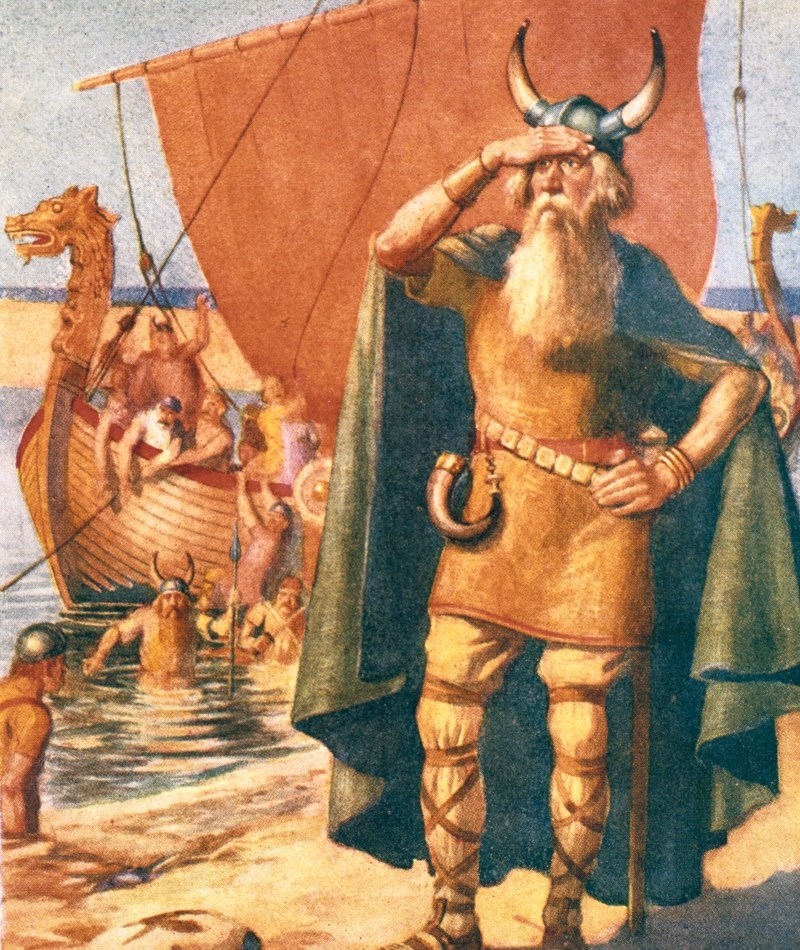
Technically, according to the Viking mindset, you were a child for half your life and an adult for the other half. Compared to us in the modern era, it doesn’t sound too bad to be a child for half of your life – only it would look completely different with current life expectancy.
Globalization on a Minor Scale
Nowadays, it’s not hard to enjoy luxuries and goods from other countries. We can live in New York or LA, eat an English breakfast, drink Brazilian coffee, eat chocolate imported from Belgium, and drive a German car. These are just some of the rewards of living in a globalized world with far-reaching trade routes. Few people know that 1,000 years ago, the Vikings were incredible traders, and they enjoyed this kind of globalization on a smaller scale.
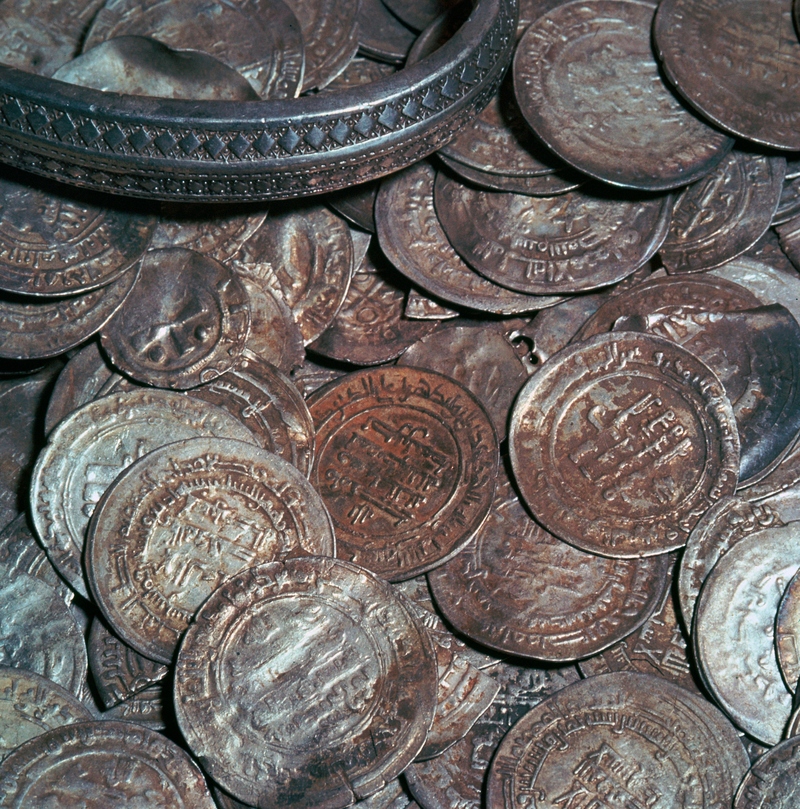
So far-reaching was the Viking trade that they paid with Arabian silver coins, drank imported German wine, wore silks from China, and had a bride from Greenland or Ireland. It’s nothing like modern globalization, but we must give the Vikings credit for their extensive trade; after all, this was 1,000 years ago.
The First Raid
Before the 8th century, few people in the British Isles knew about the menace from the north. After the raid on Lindisfarne monastery, it was clear that there was a new threat in the midst. Lindisfarne was a Holy Island established in the 7th century. In 793, it was raided by Viking warriors. As the Vikings were pagans and believed in their own gods, they didn’t see it as sacrilege to destroy a monastery like other European cultures.

The fact that the Vikings were willing to sack churches and monasteries made them extremely wealthy because these places housed a lot of gold and wealth. Just ask the Knights Templar. However, after the raid on Lindisfarne – it became clear in Europe there was a new threat to be reckoned with.
Superstitious
One thousand years ago, everyone was a little superstitious – the Vikings included. As regular sailors and explorers, the Vikings spent a lot of time on water. Naturally, their superstition appeared during sea voyages. Interestingly, when the weather was calm, the Vikings removed scary figureheads from their longship prows.
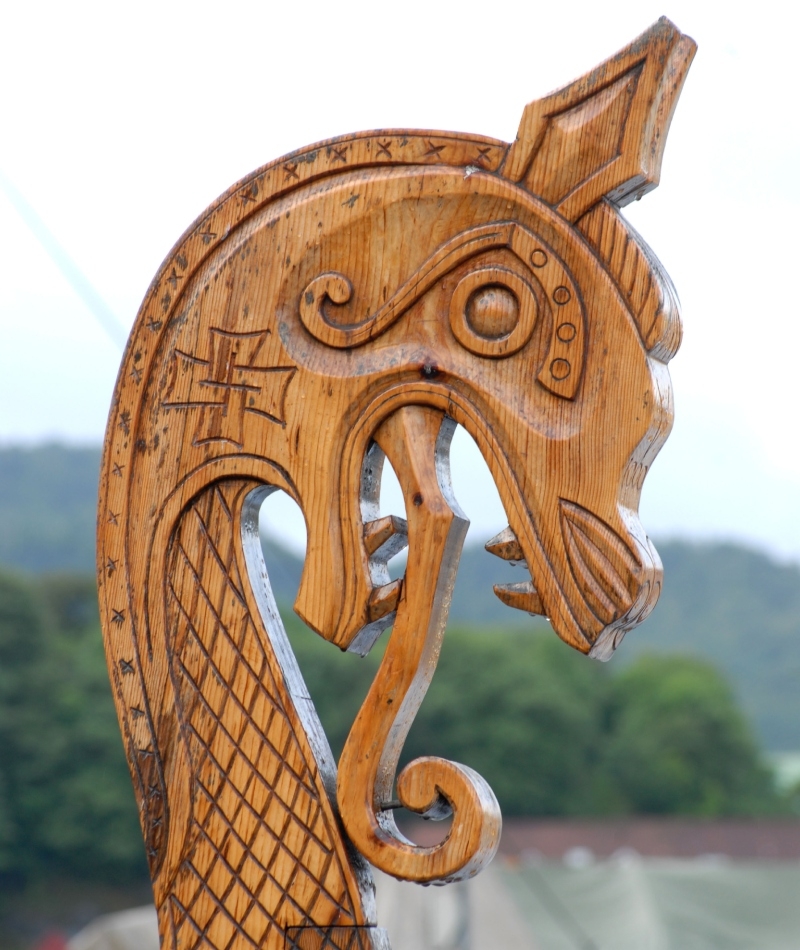
They believed that sailing with these scary figureheads in calm conditions would offend the gods. While for us in modern times, it sounds like backward superstition, we have to give the Vikings some credit. They managed to sail all the way to America 1,000 years ago. Maybe there was something to their superstition.
The End of the Viking Age
It’s always hard to come up with exact dates for when things start and end. This wasn’t the case during the Viking Age. It has a definite event marking its end and it’s rather tragic for the Vikings. That event was when their last king, died in 1066 and the sun set on the age of Vikings.
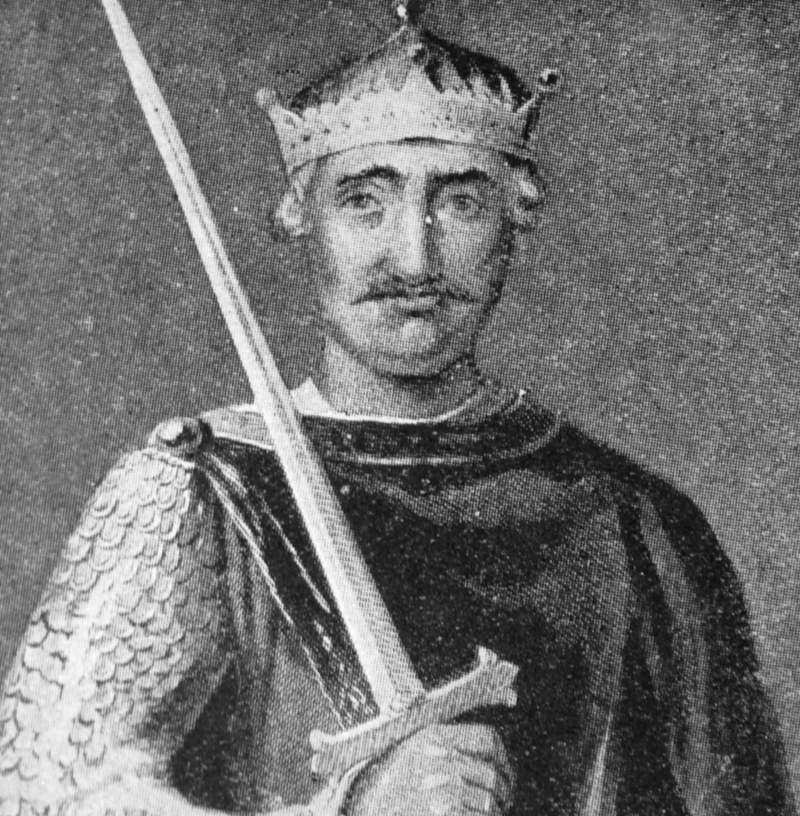
Interestingly, 1066 is the year of the Norman invasion, where William the Conqueror (who went by a less flattering name during this period) conquered England, thus earning the name William the Conqueror. Ironically, William the Conqueror was the grandson of Rollo, who was a legendary Viking settled in Normandy. One has to ask oneself, did the Viking age really end? Or did it just develop a bit under William the Conqueror?